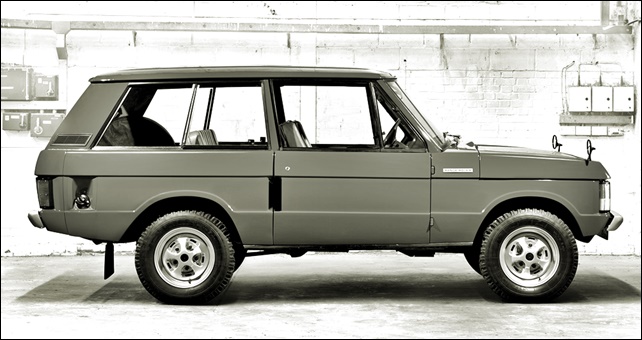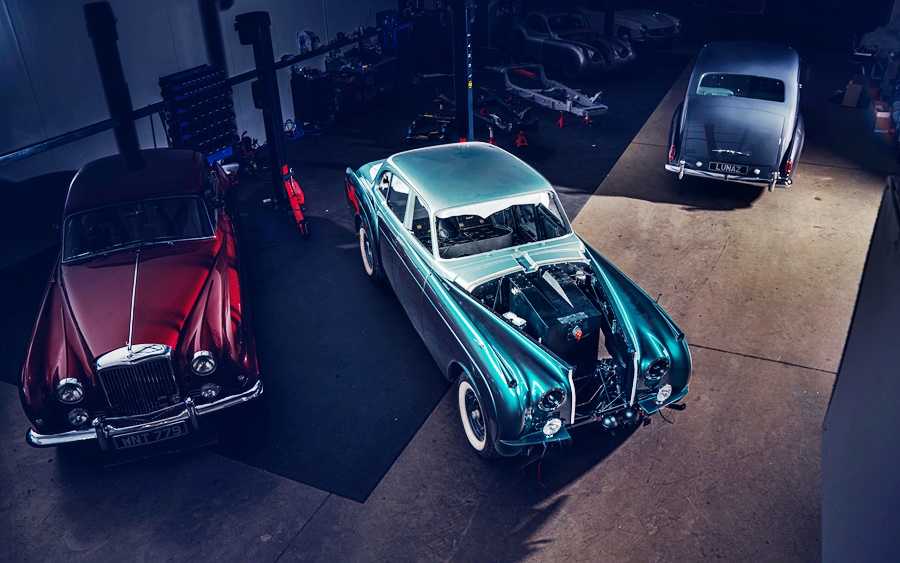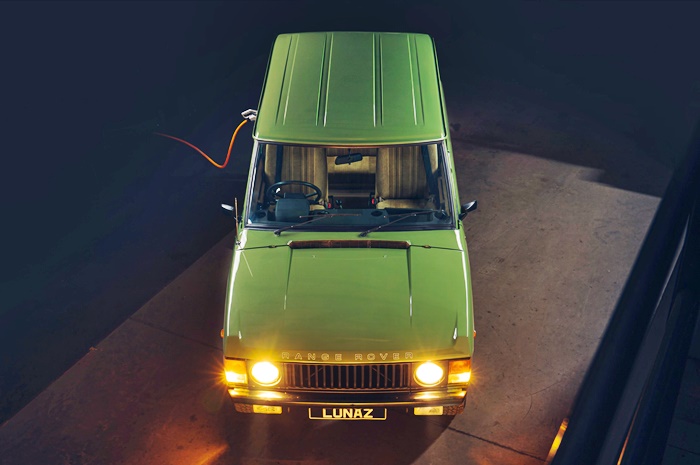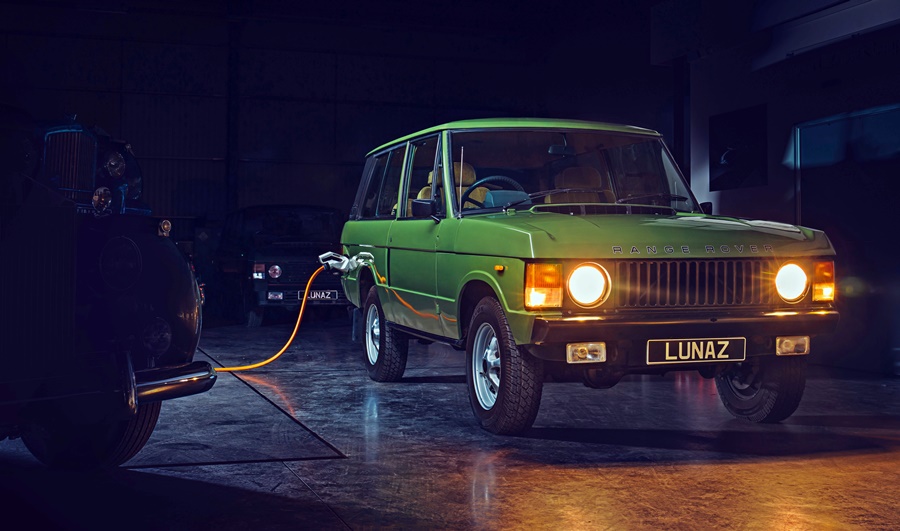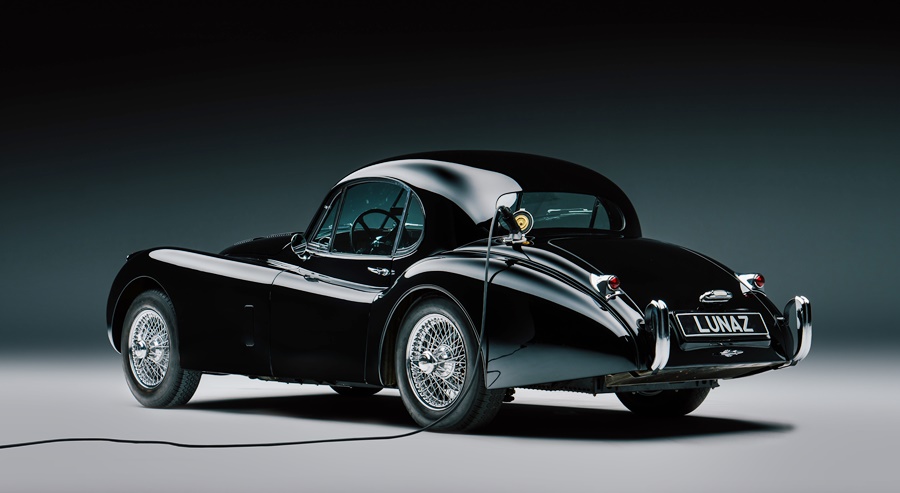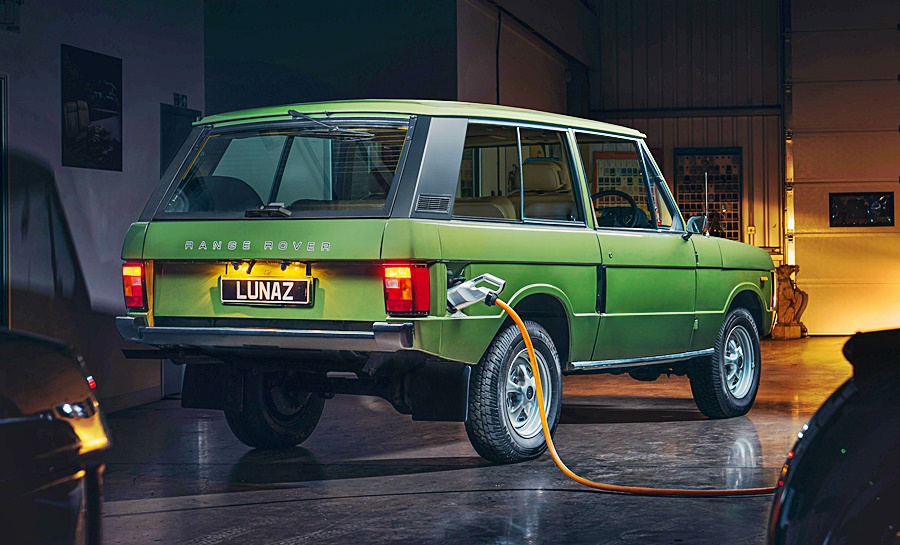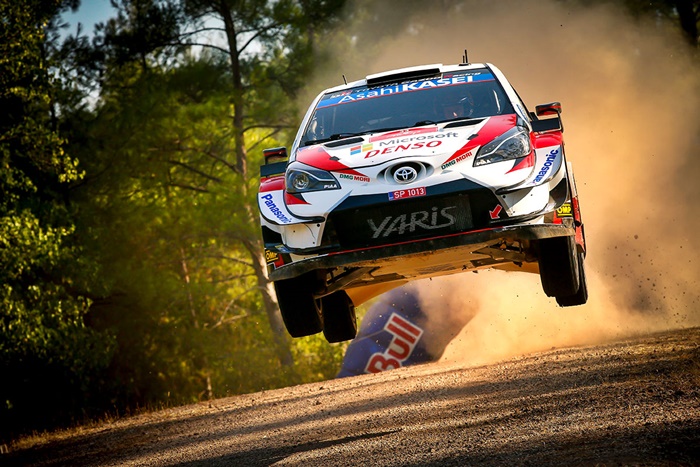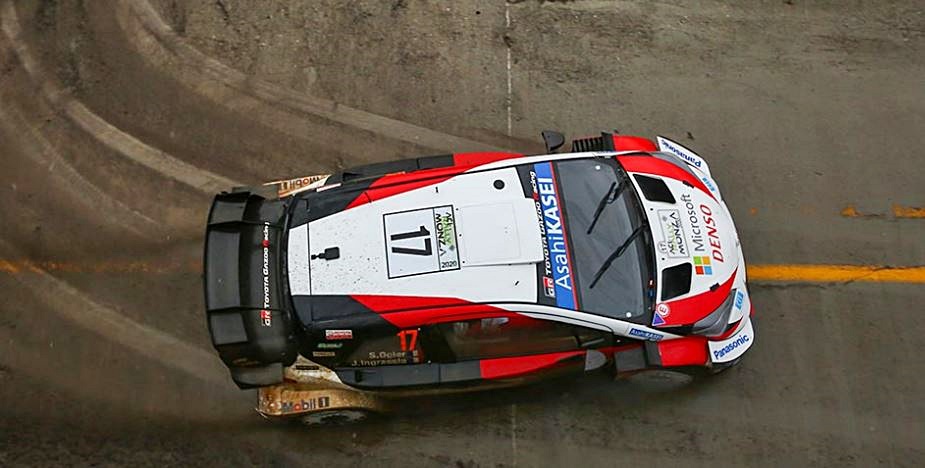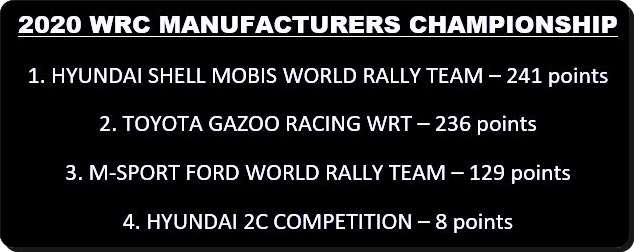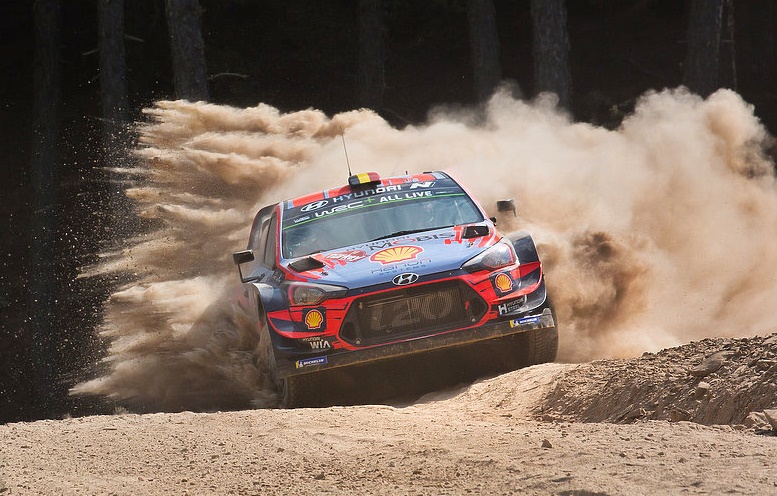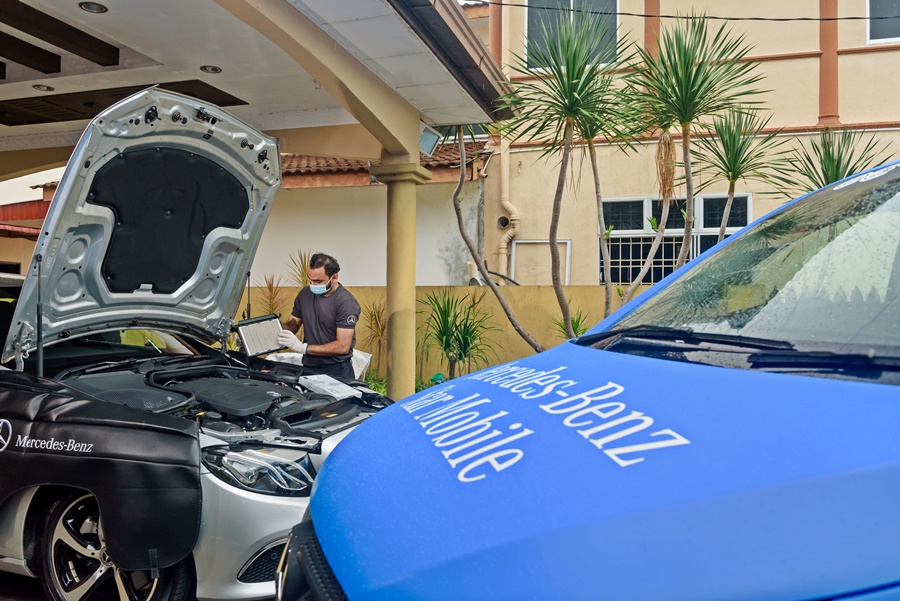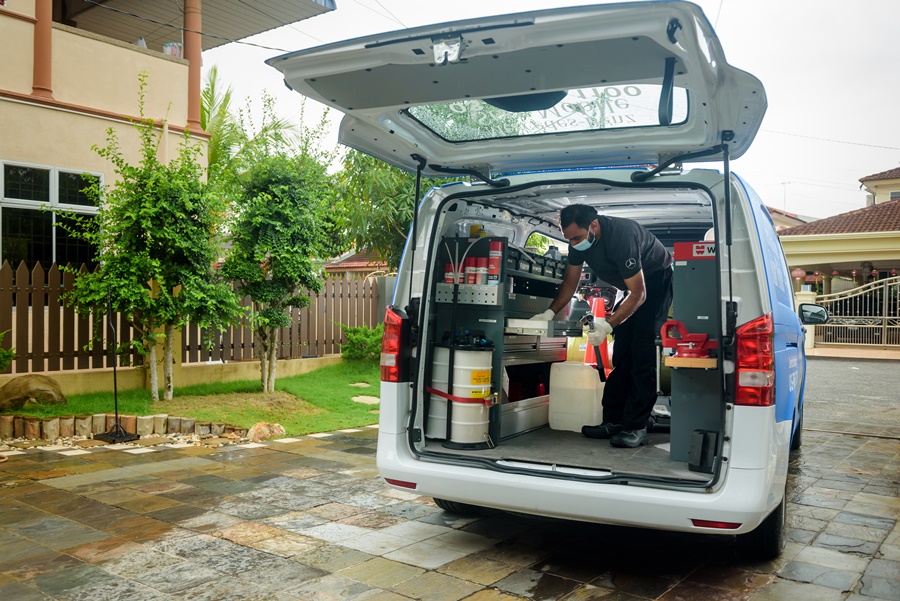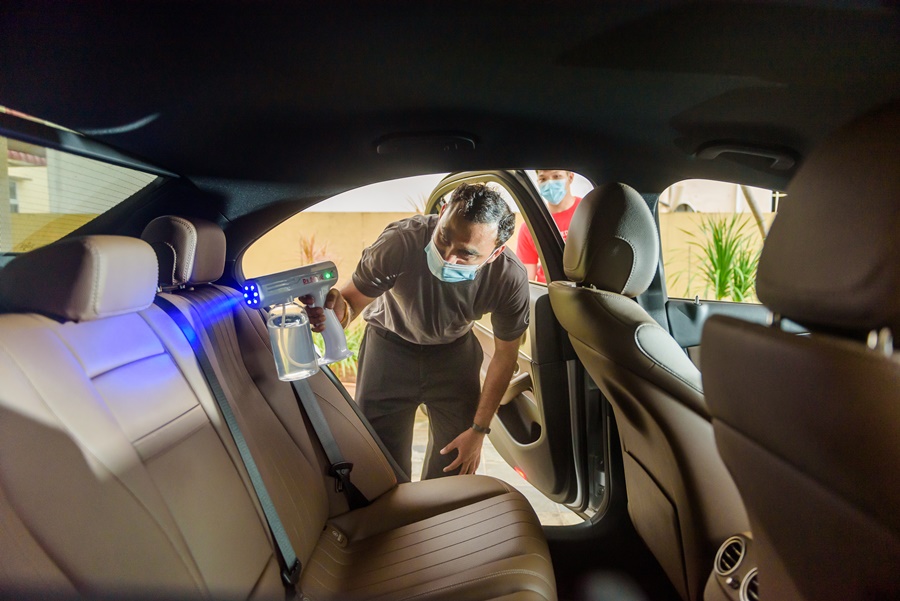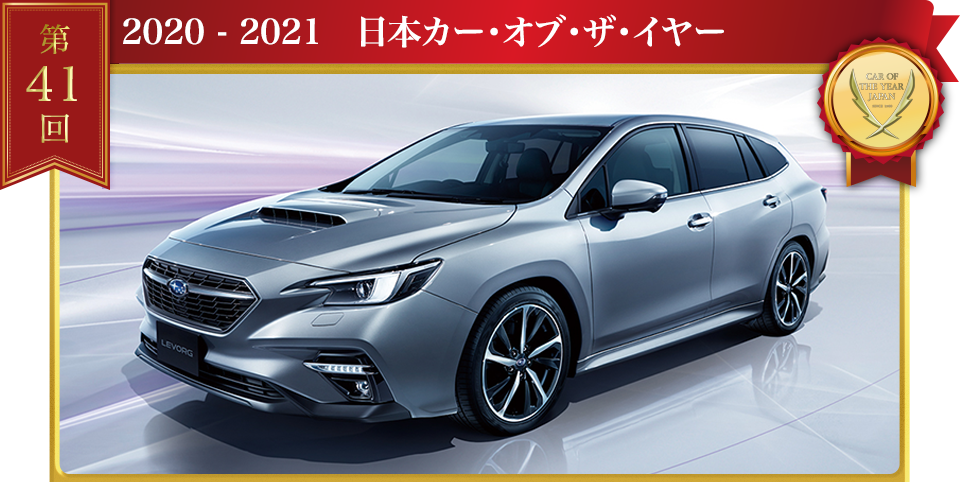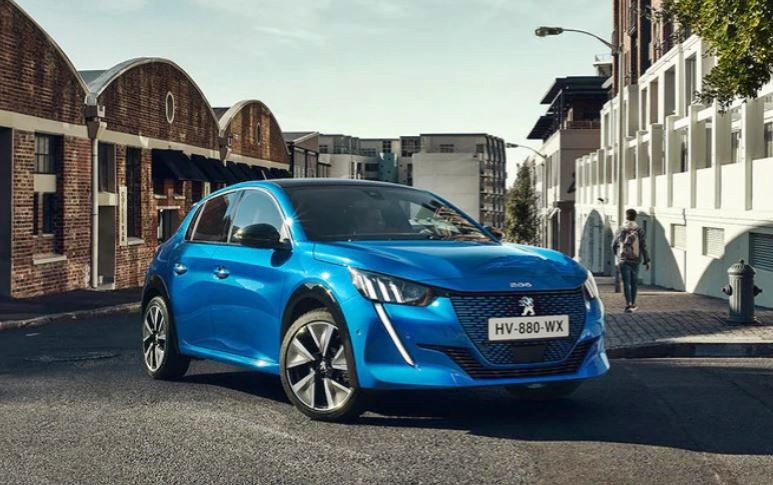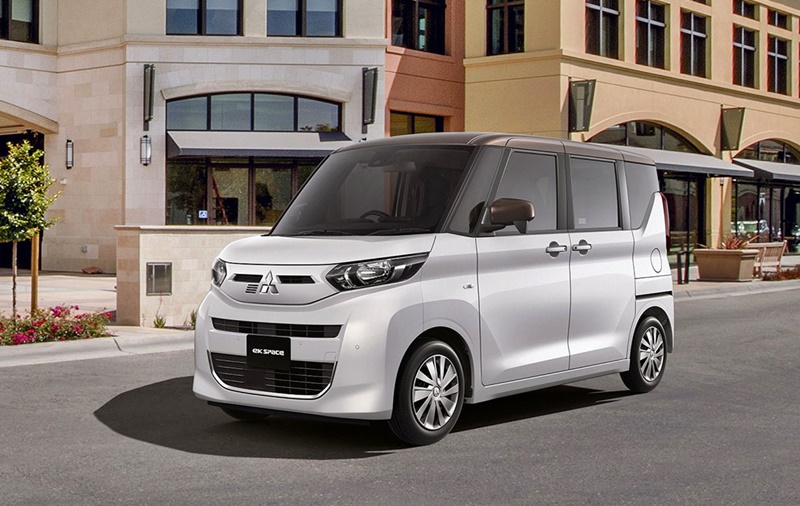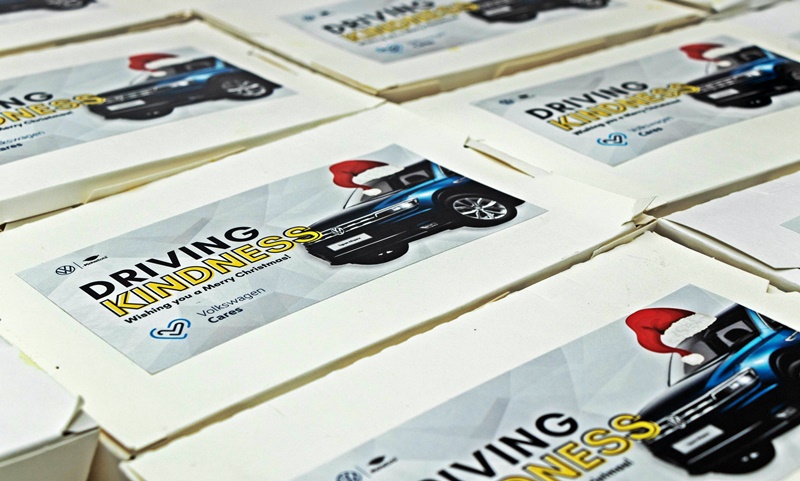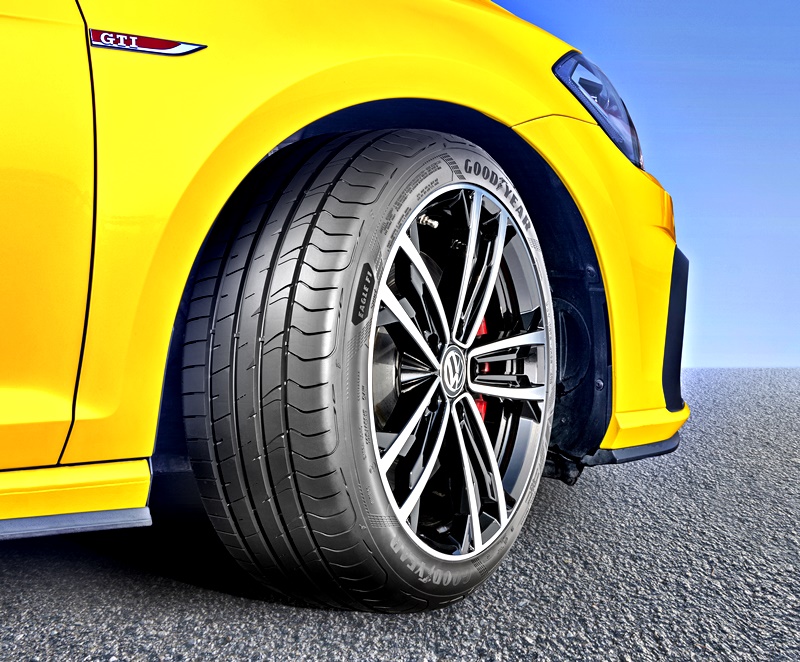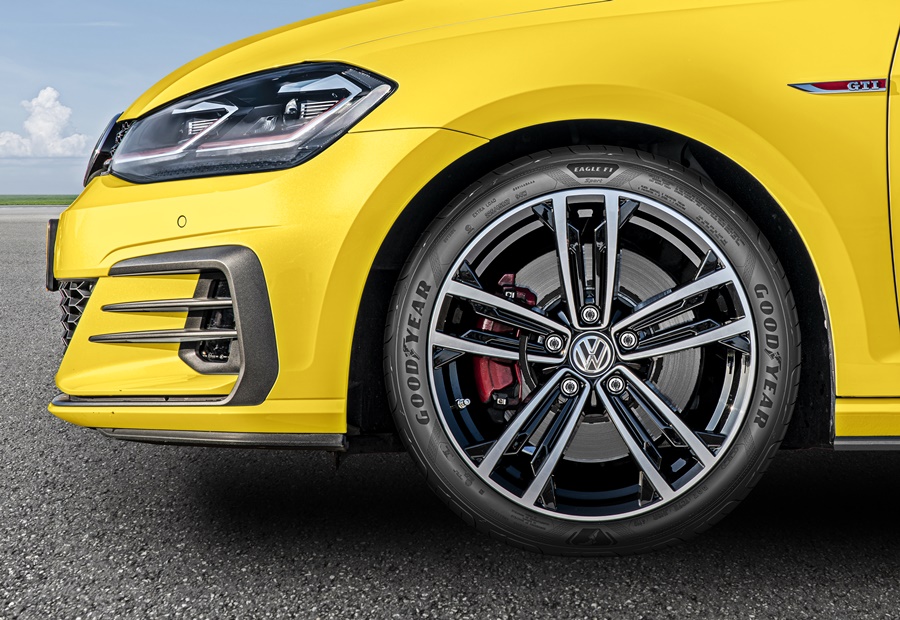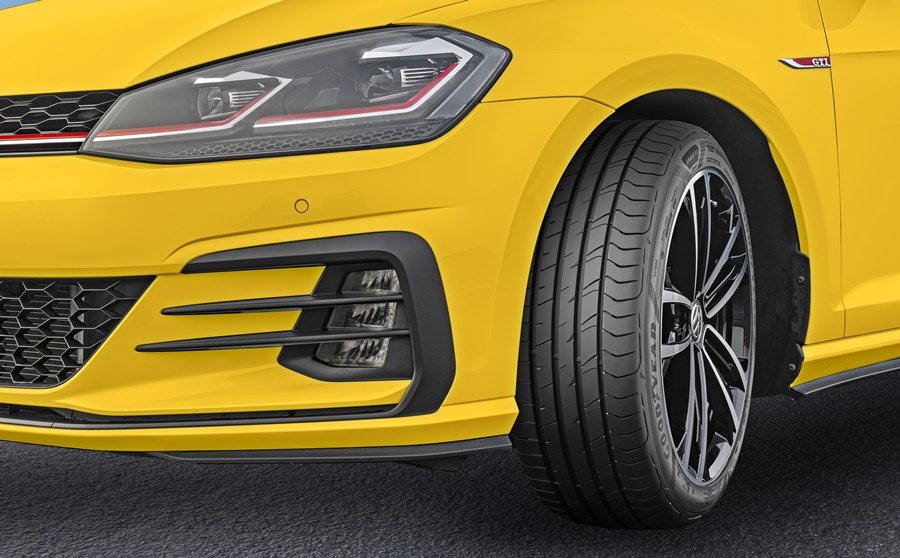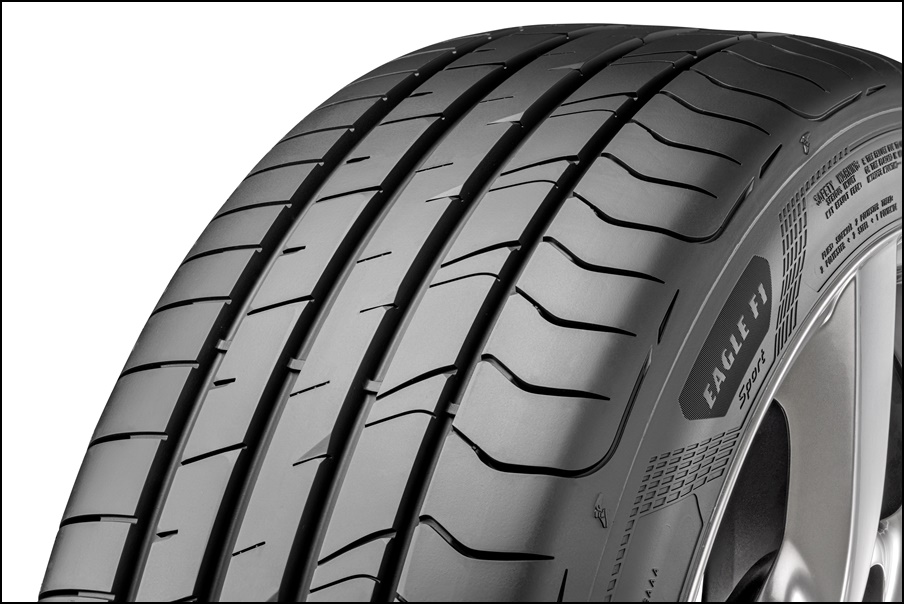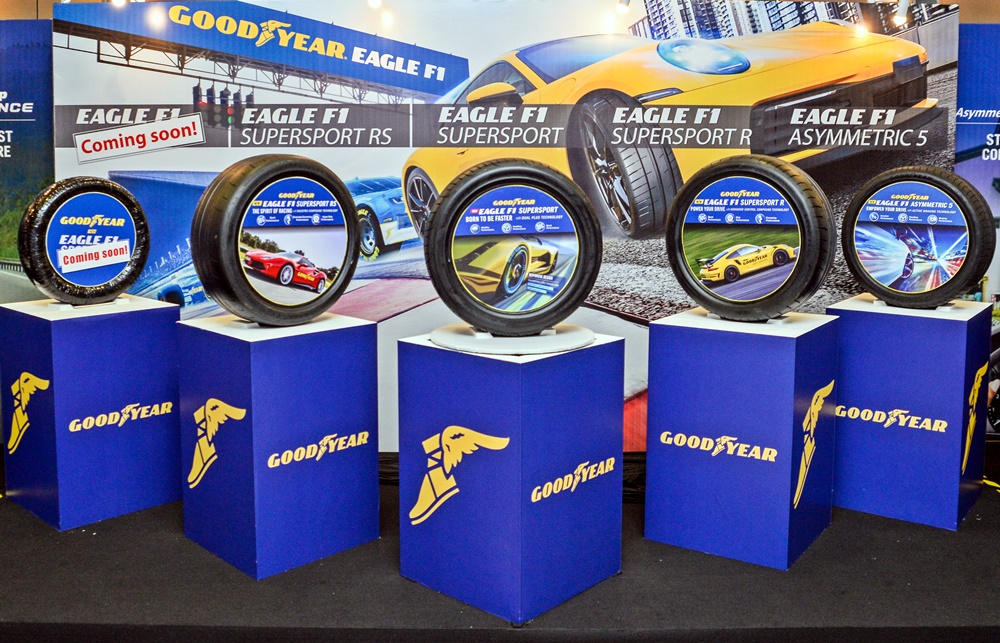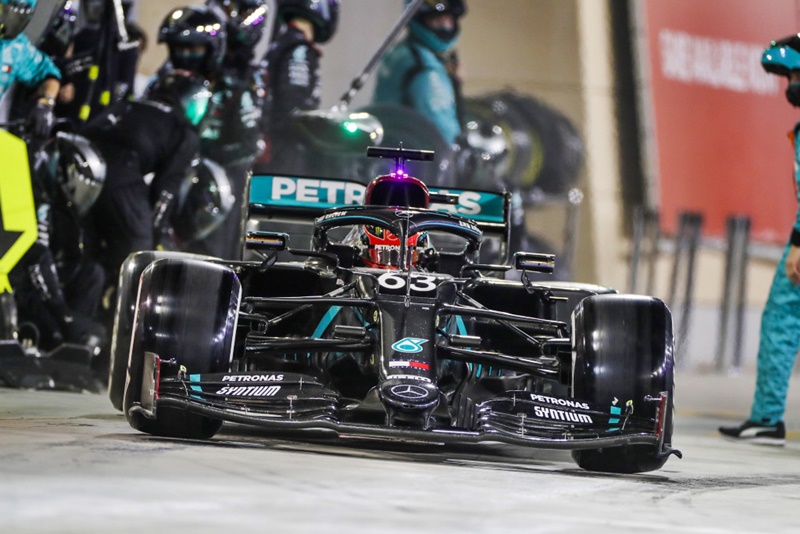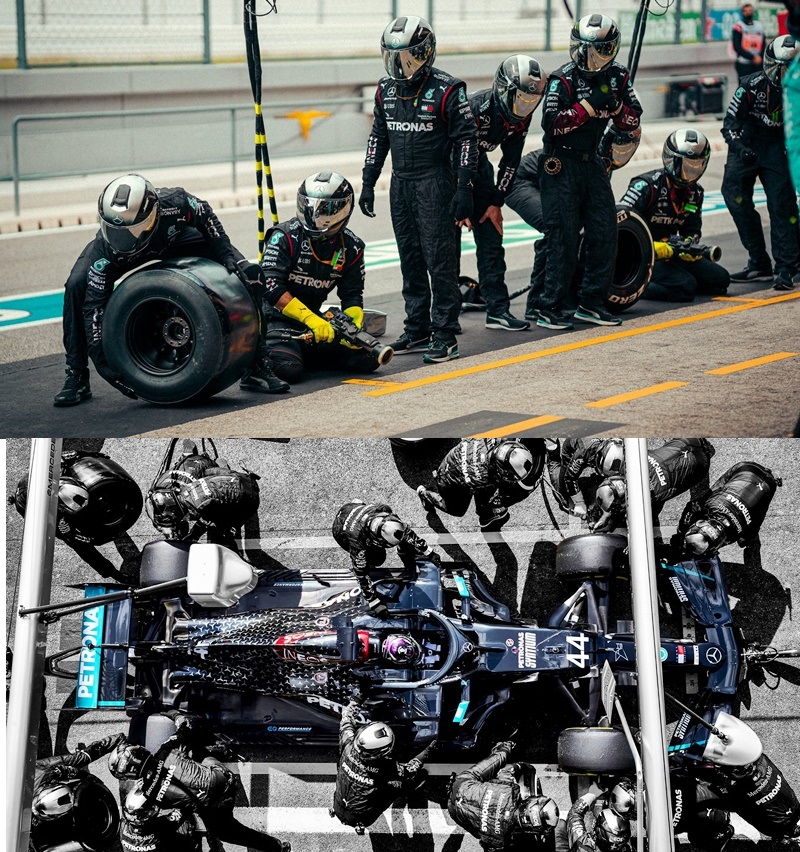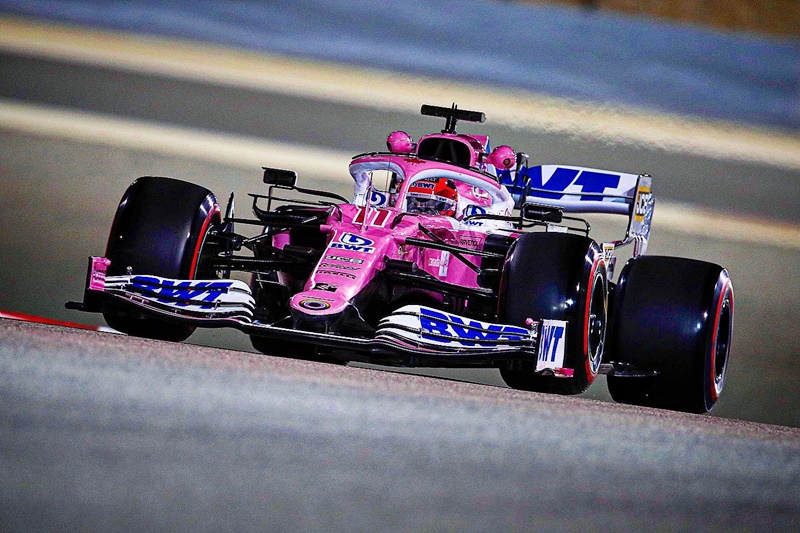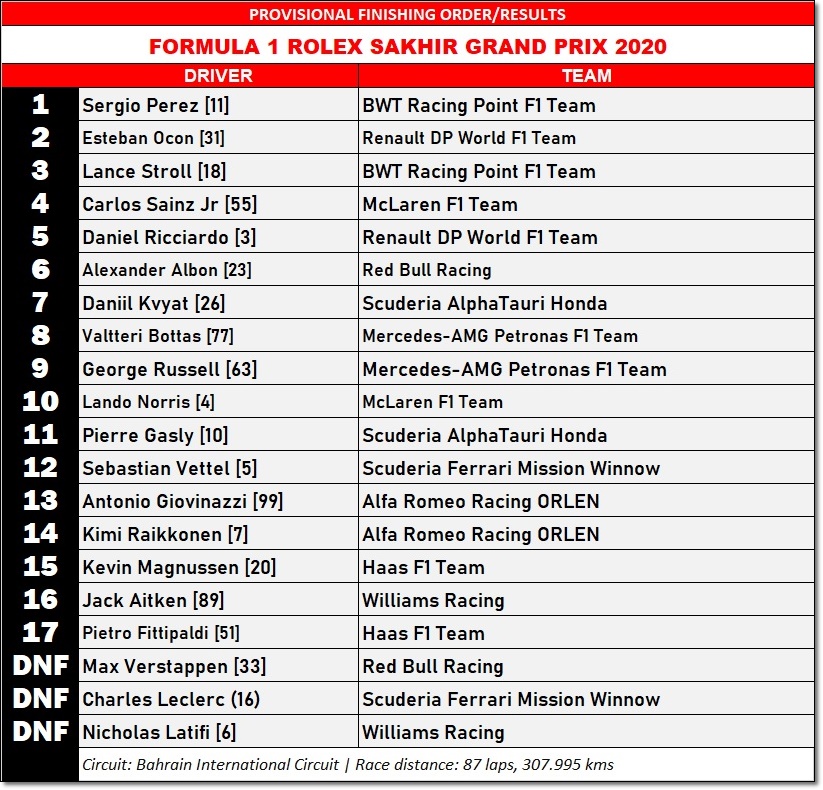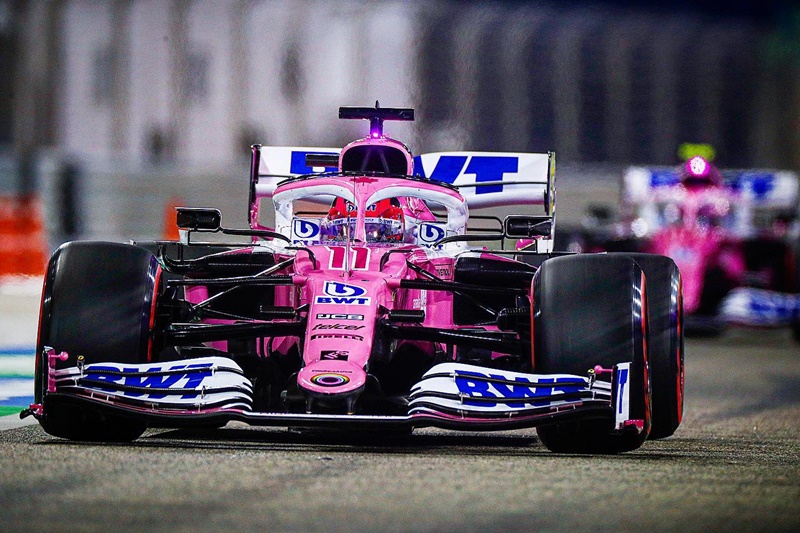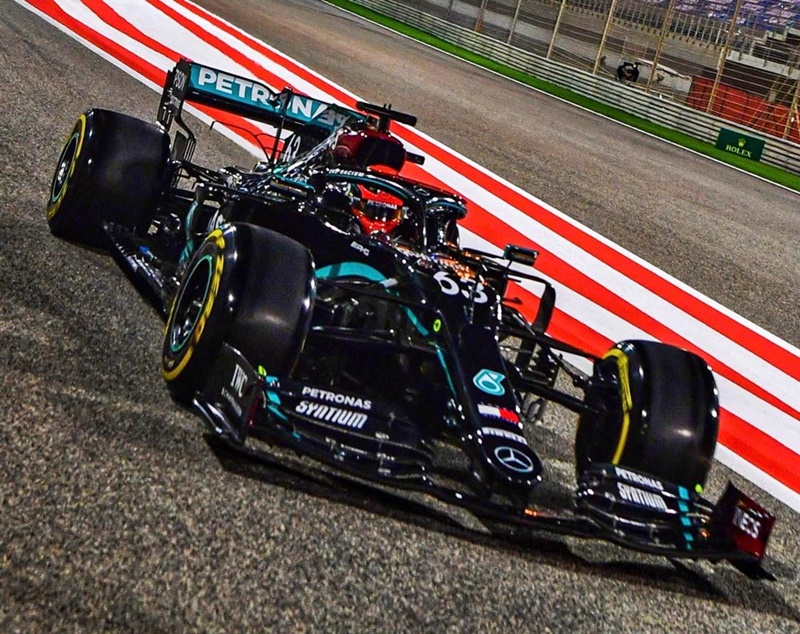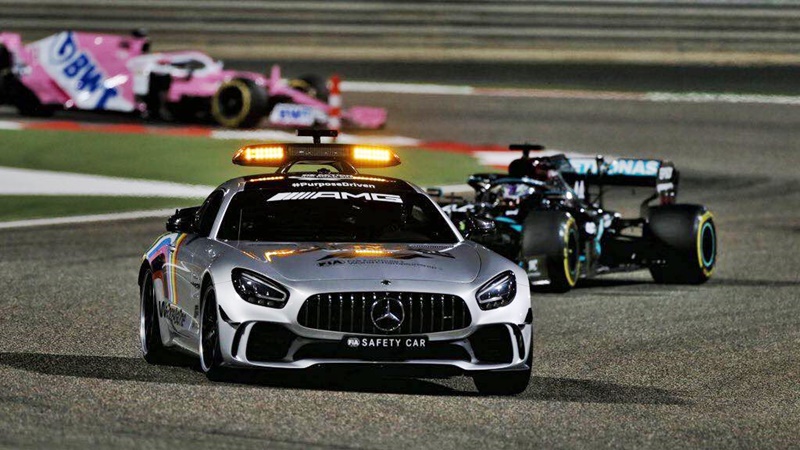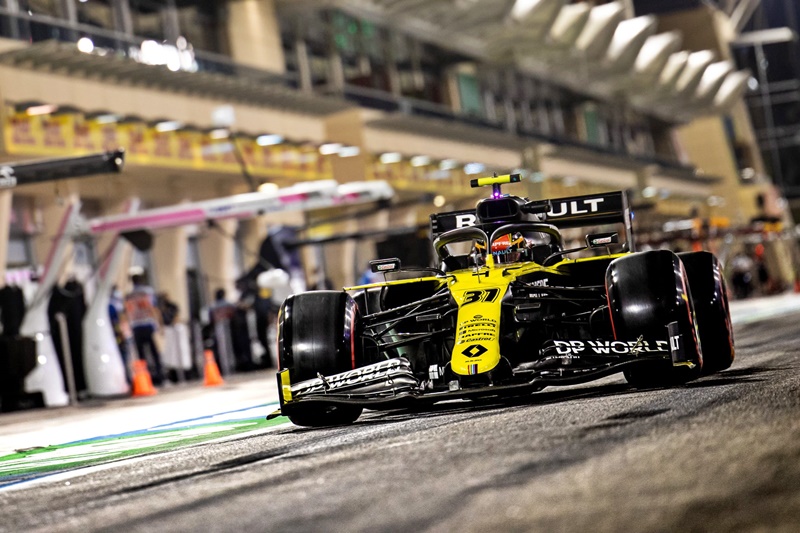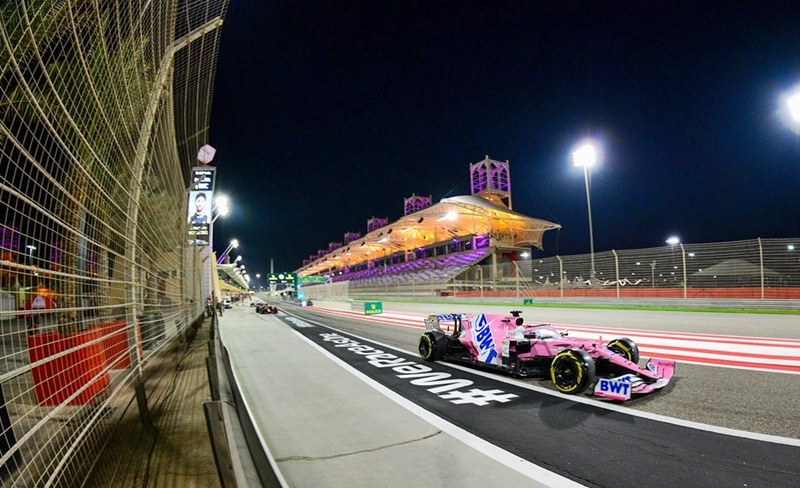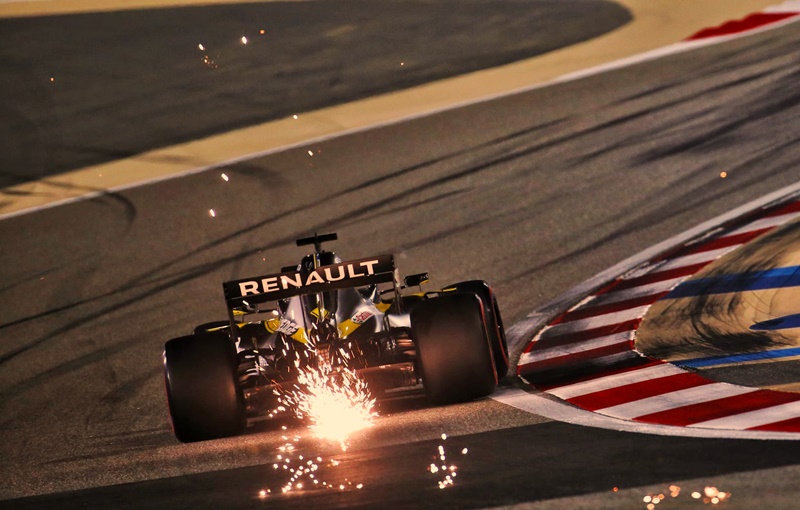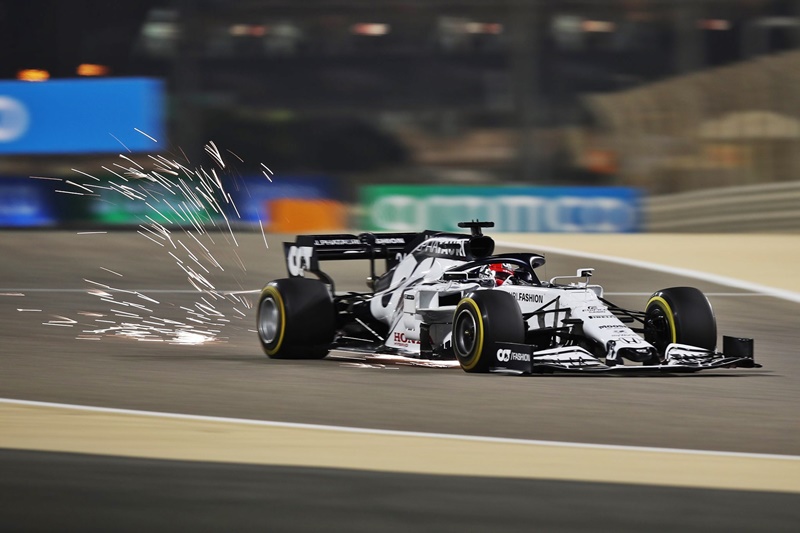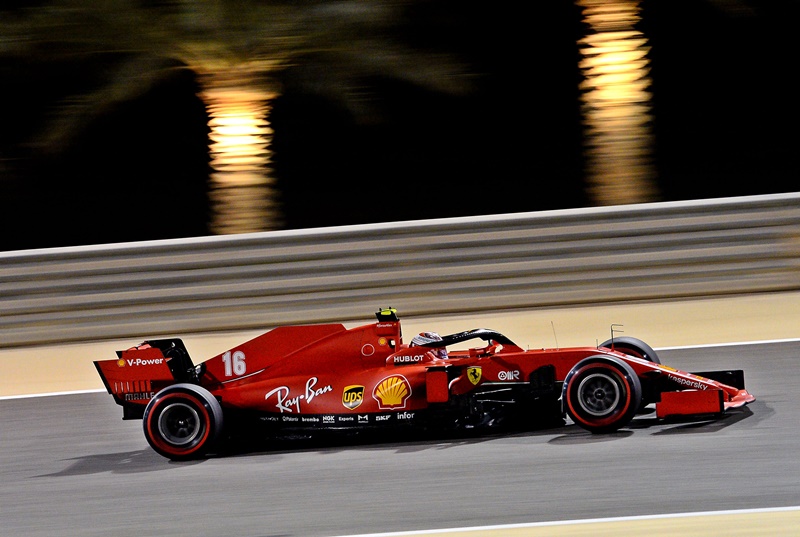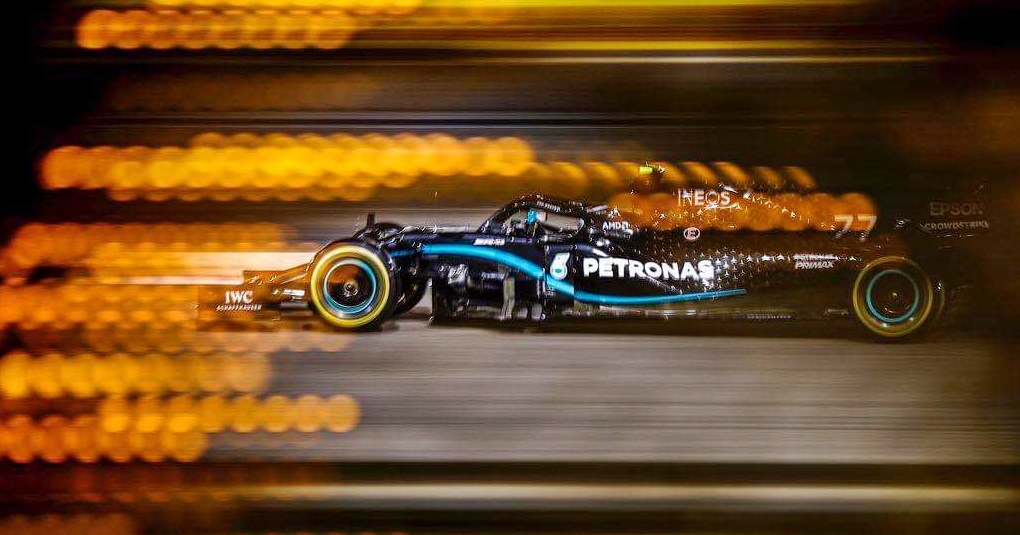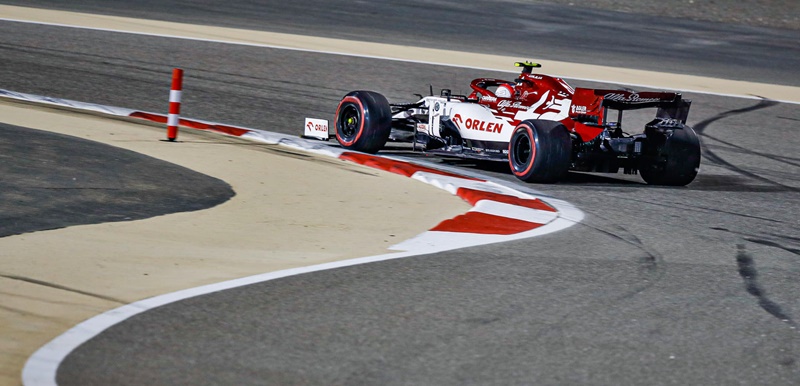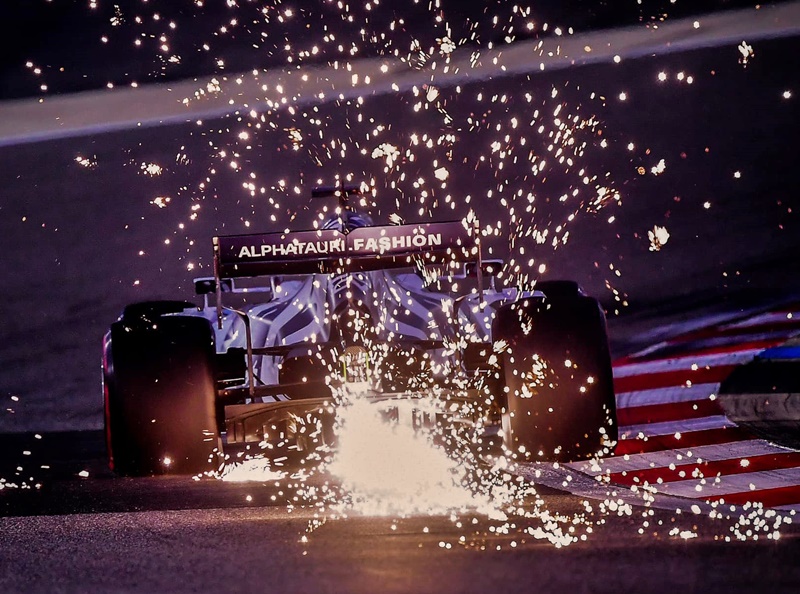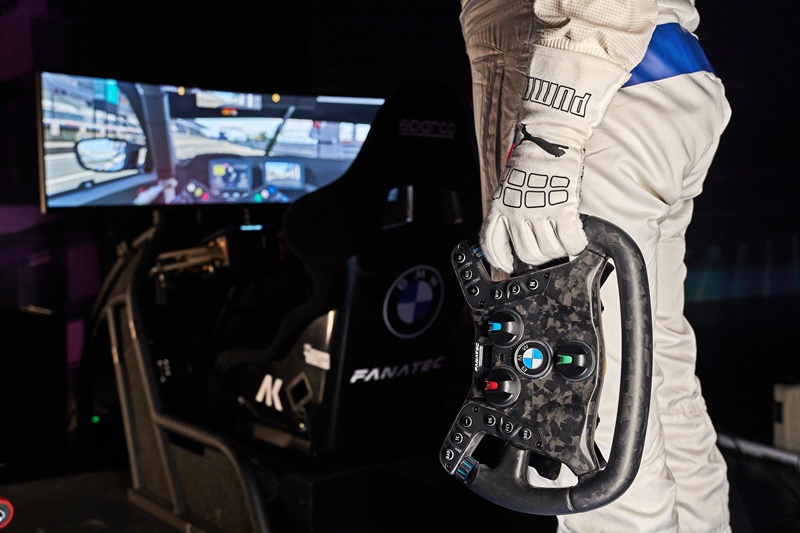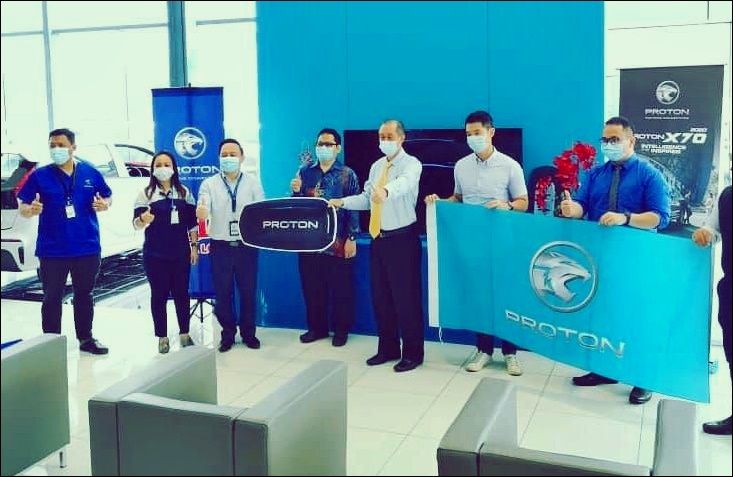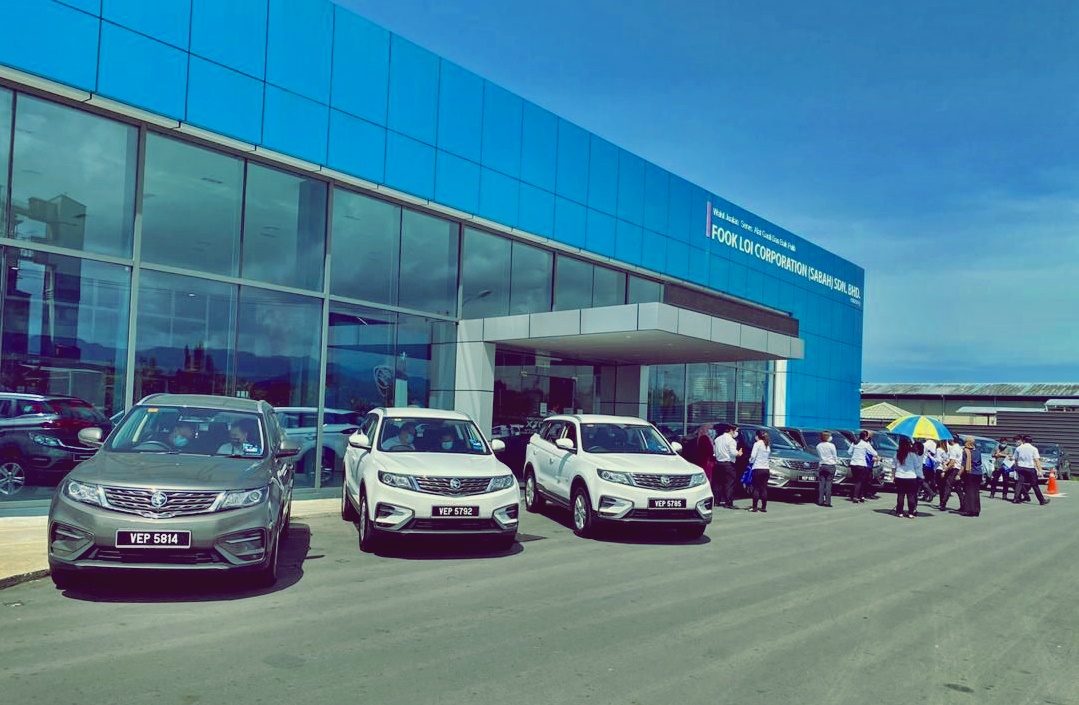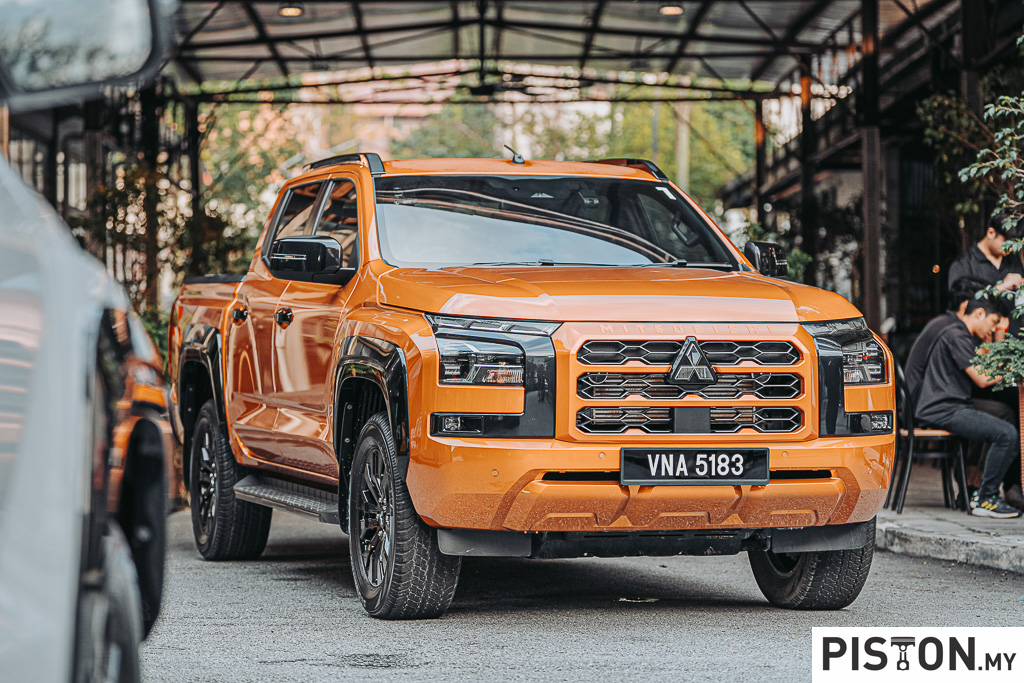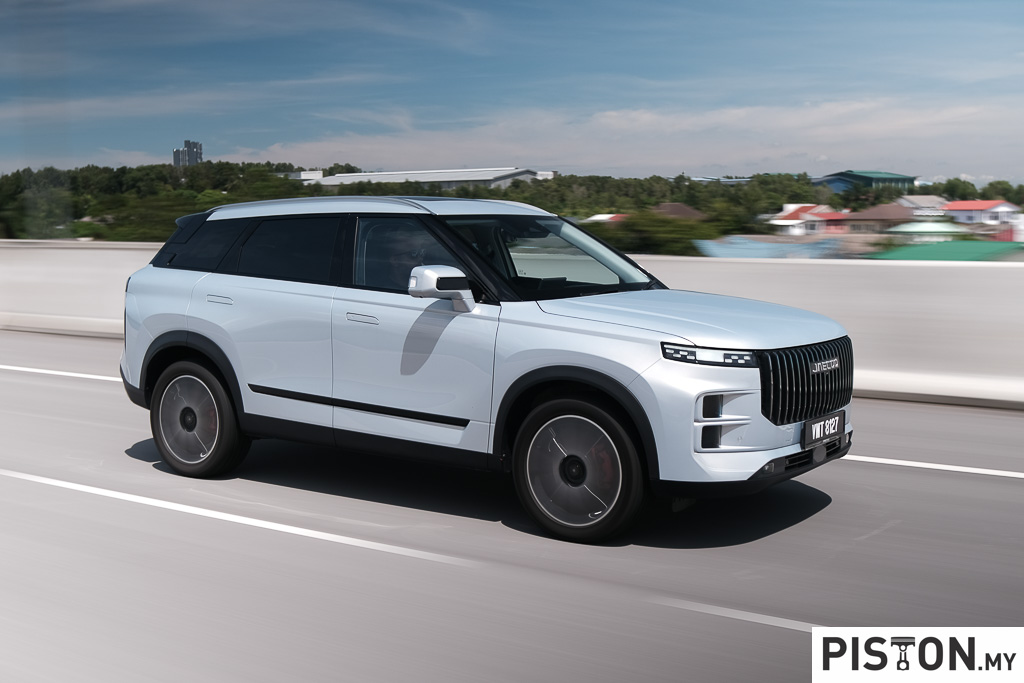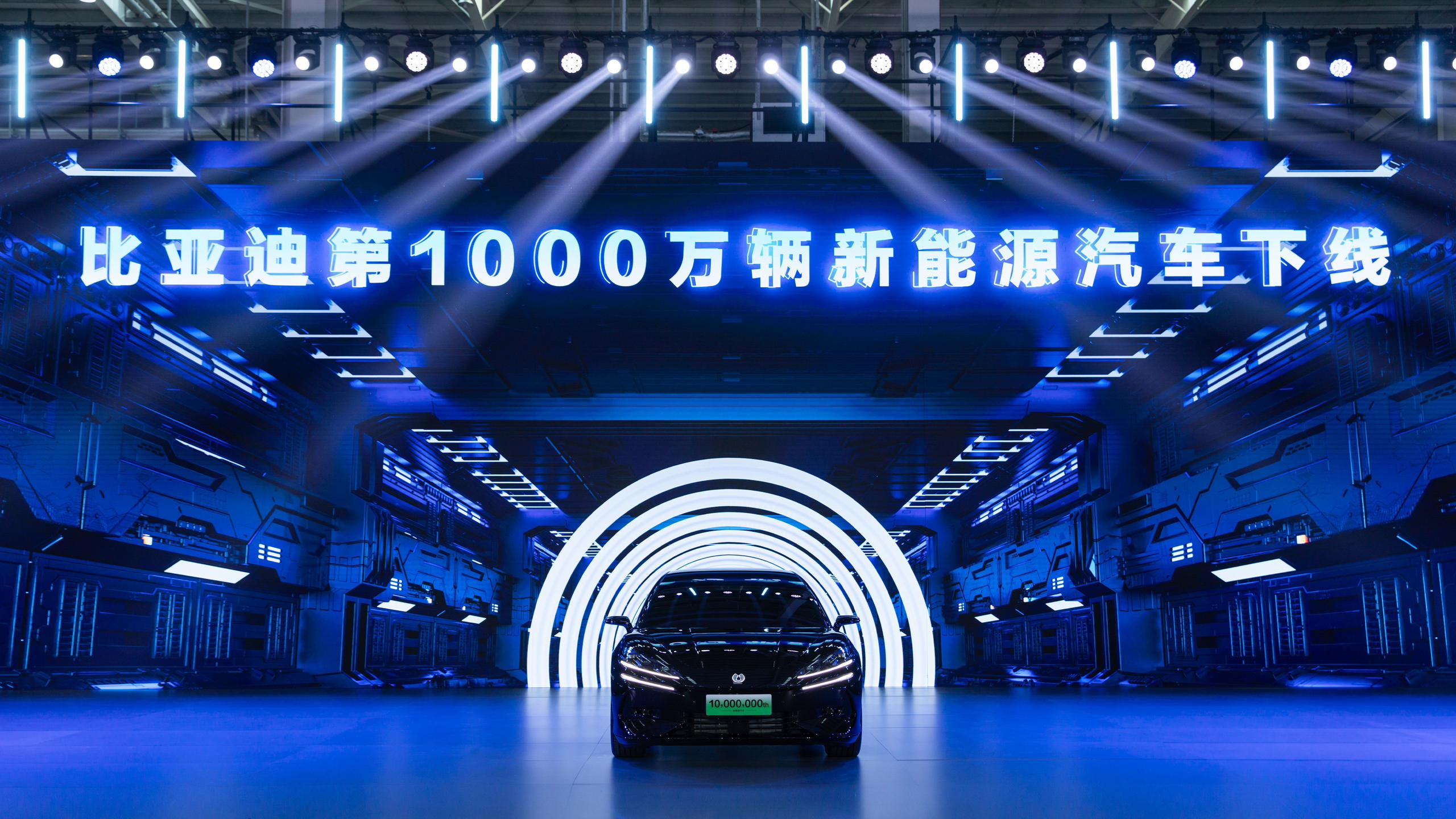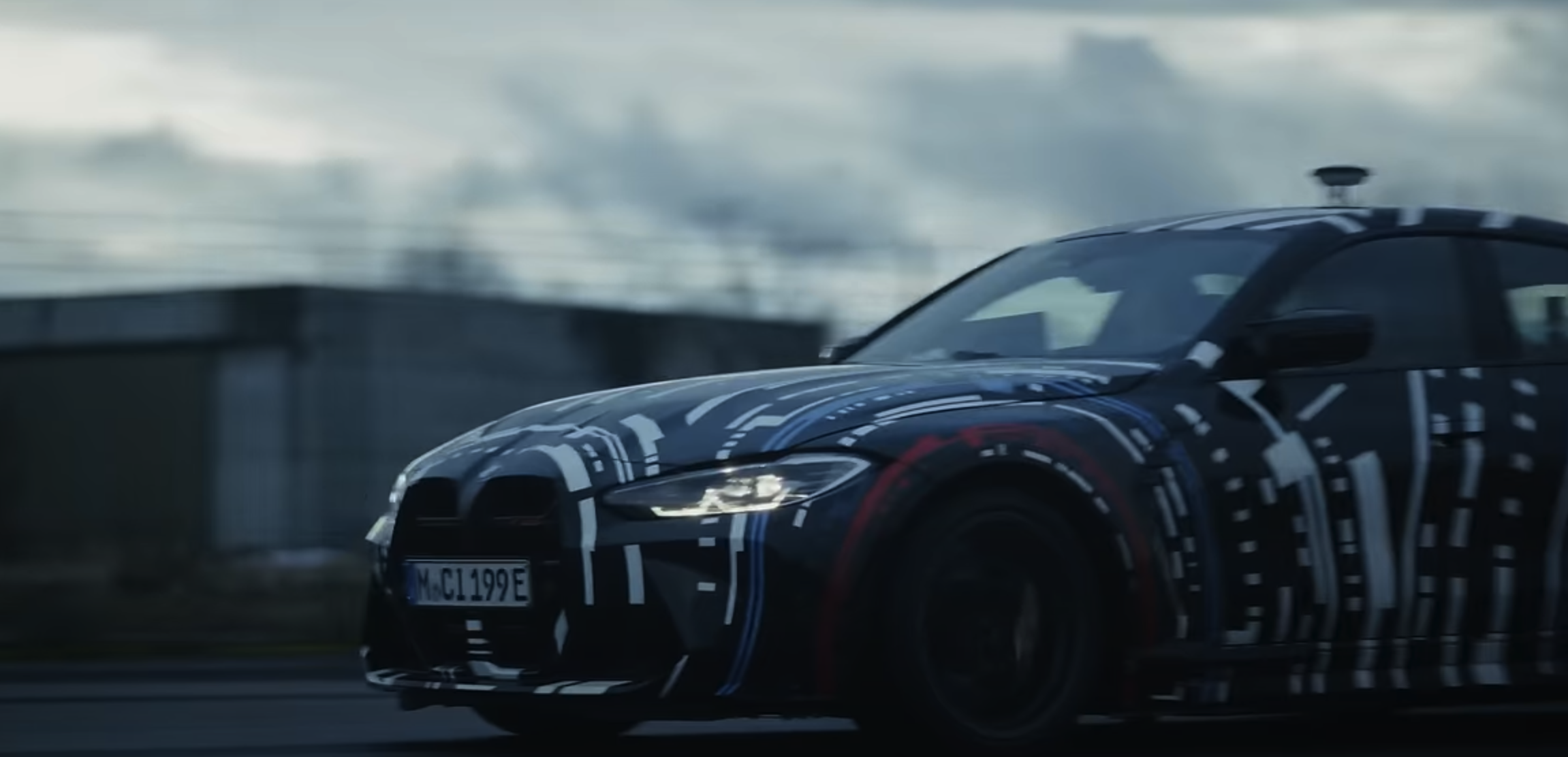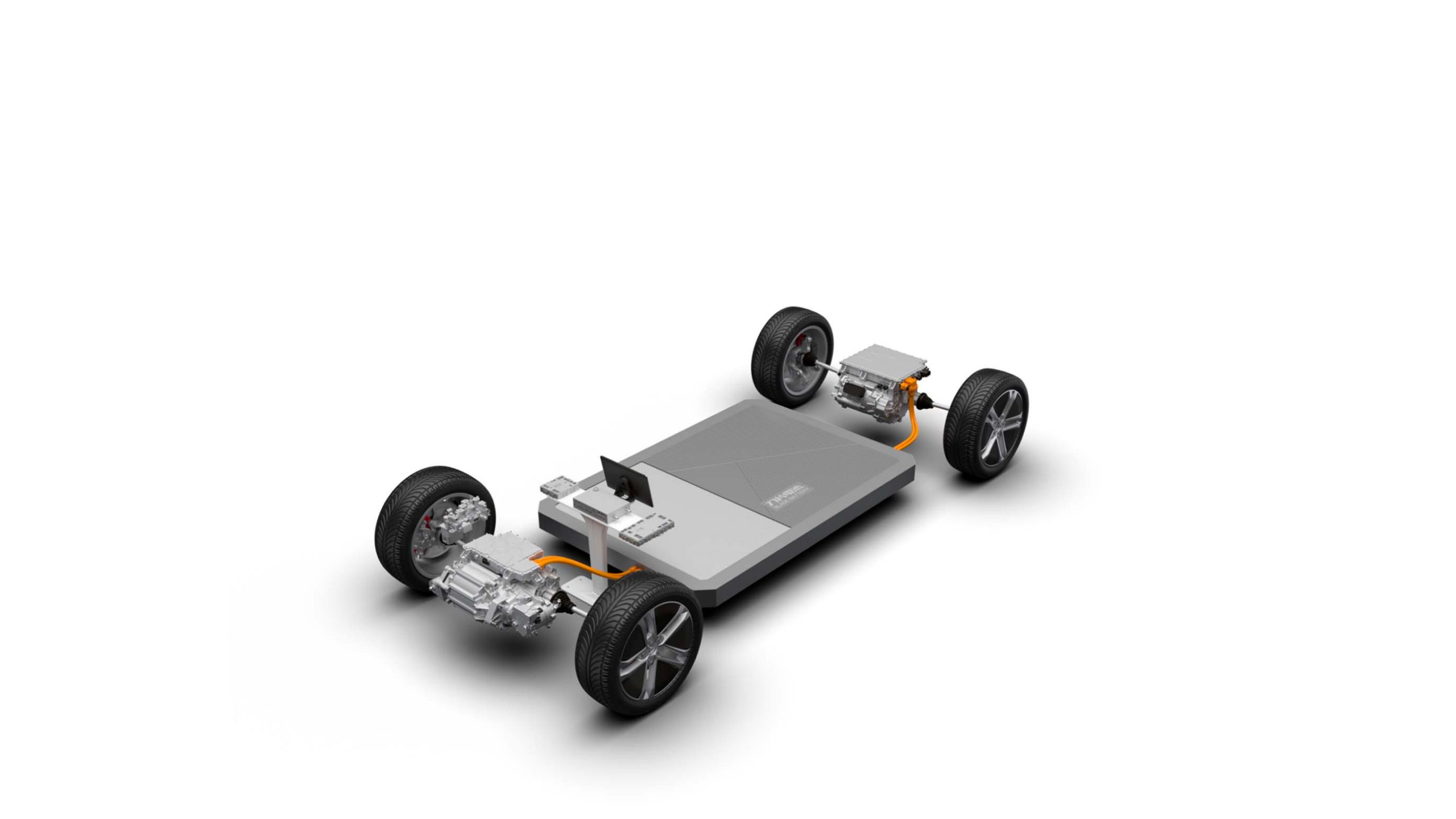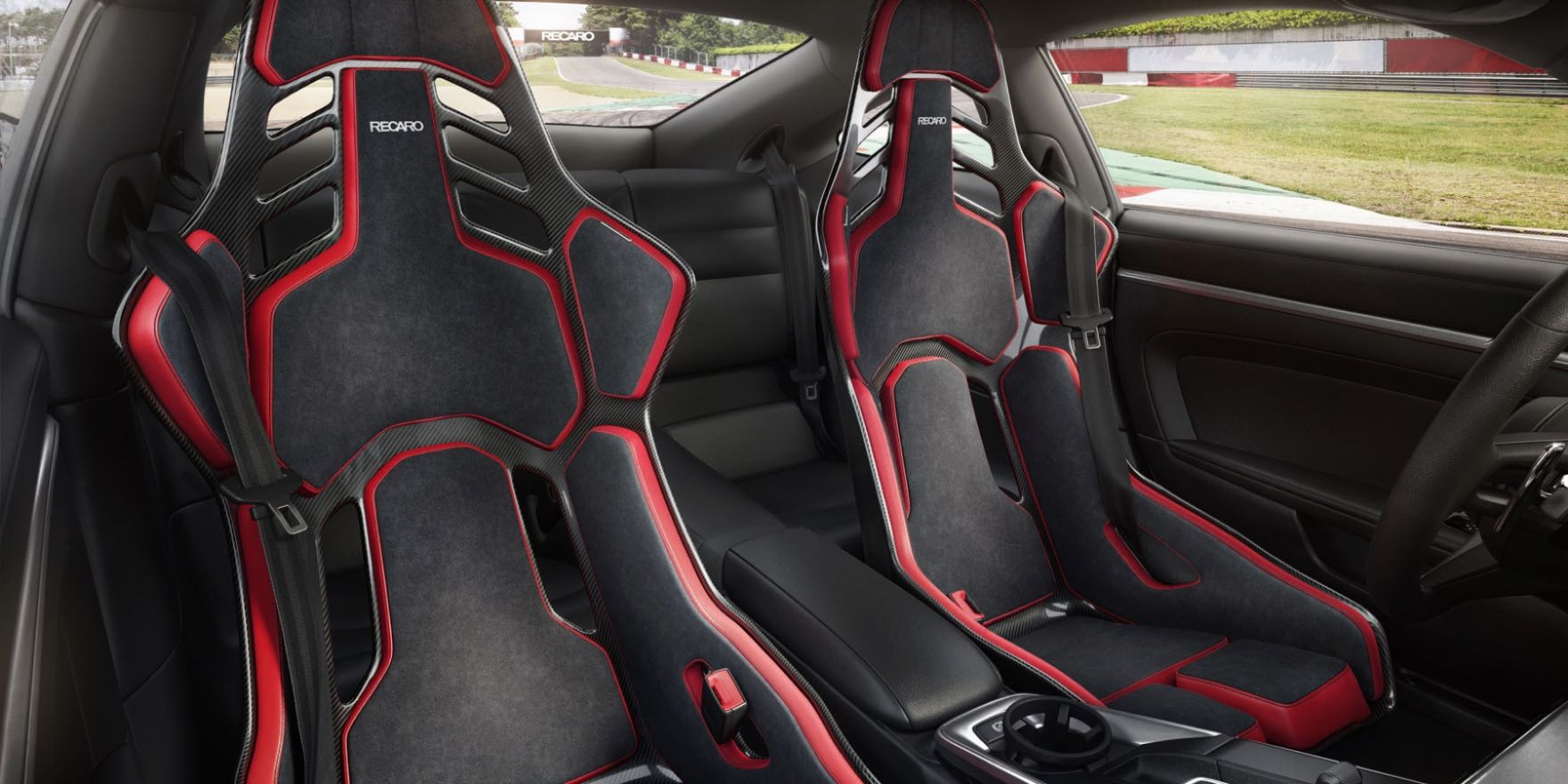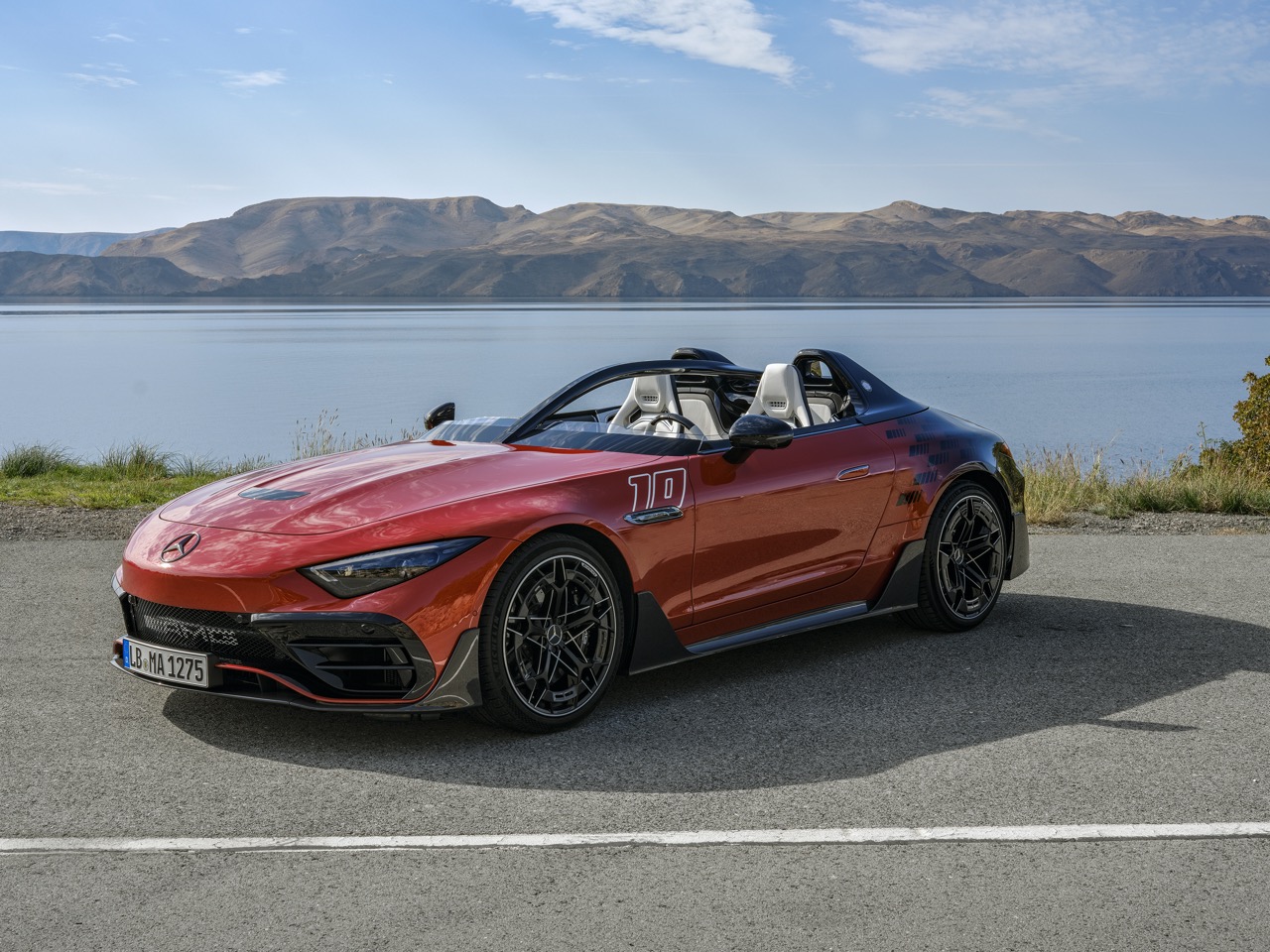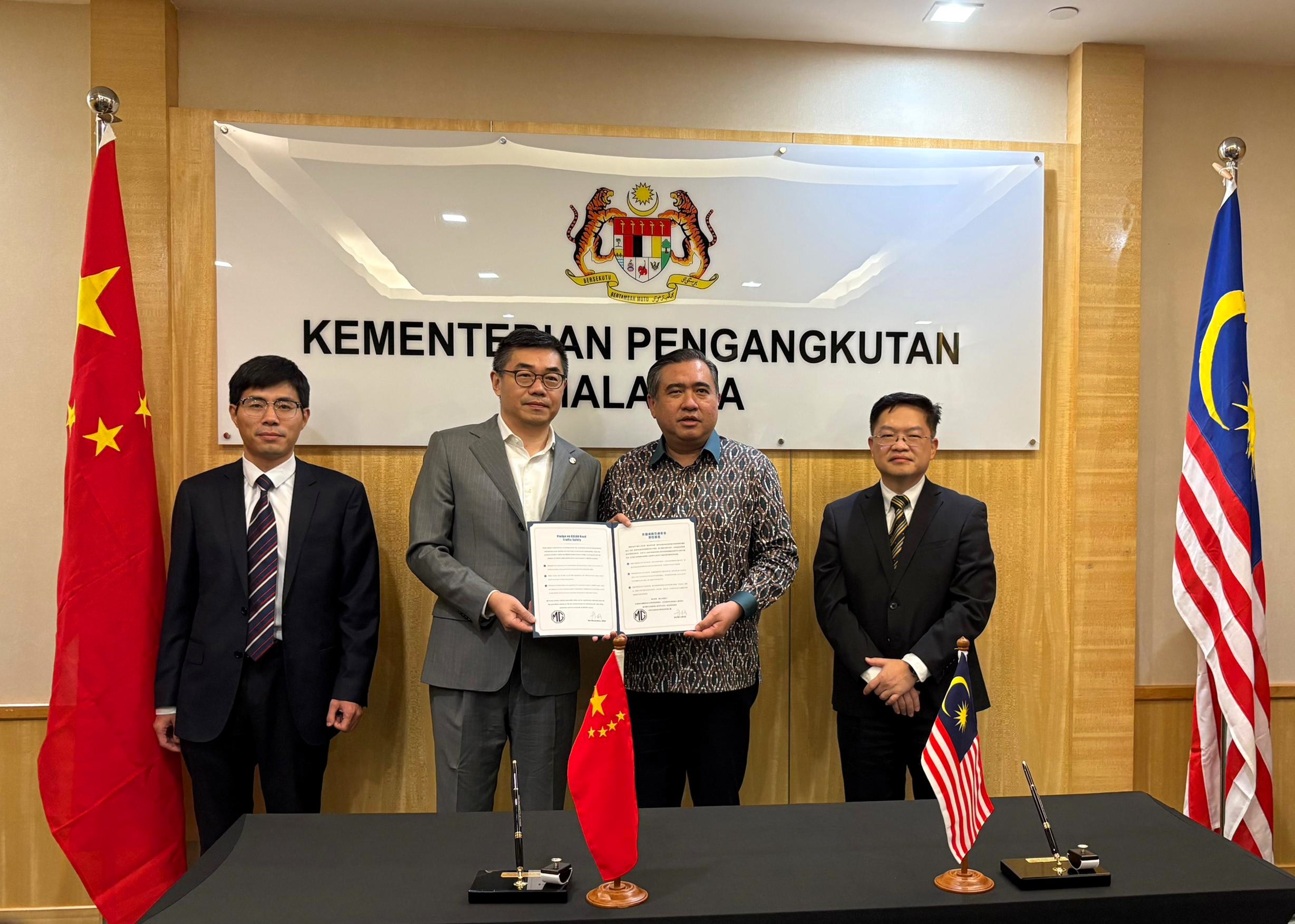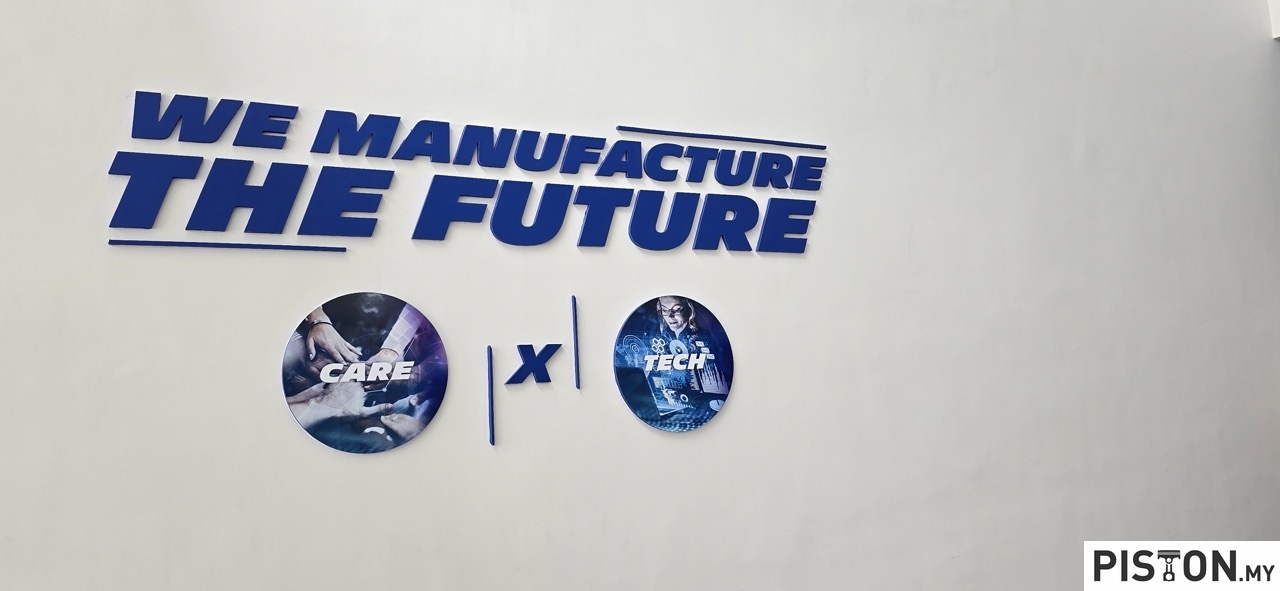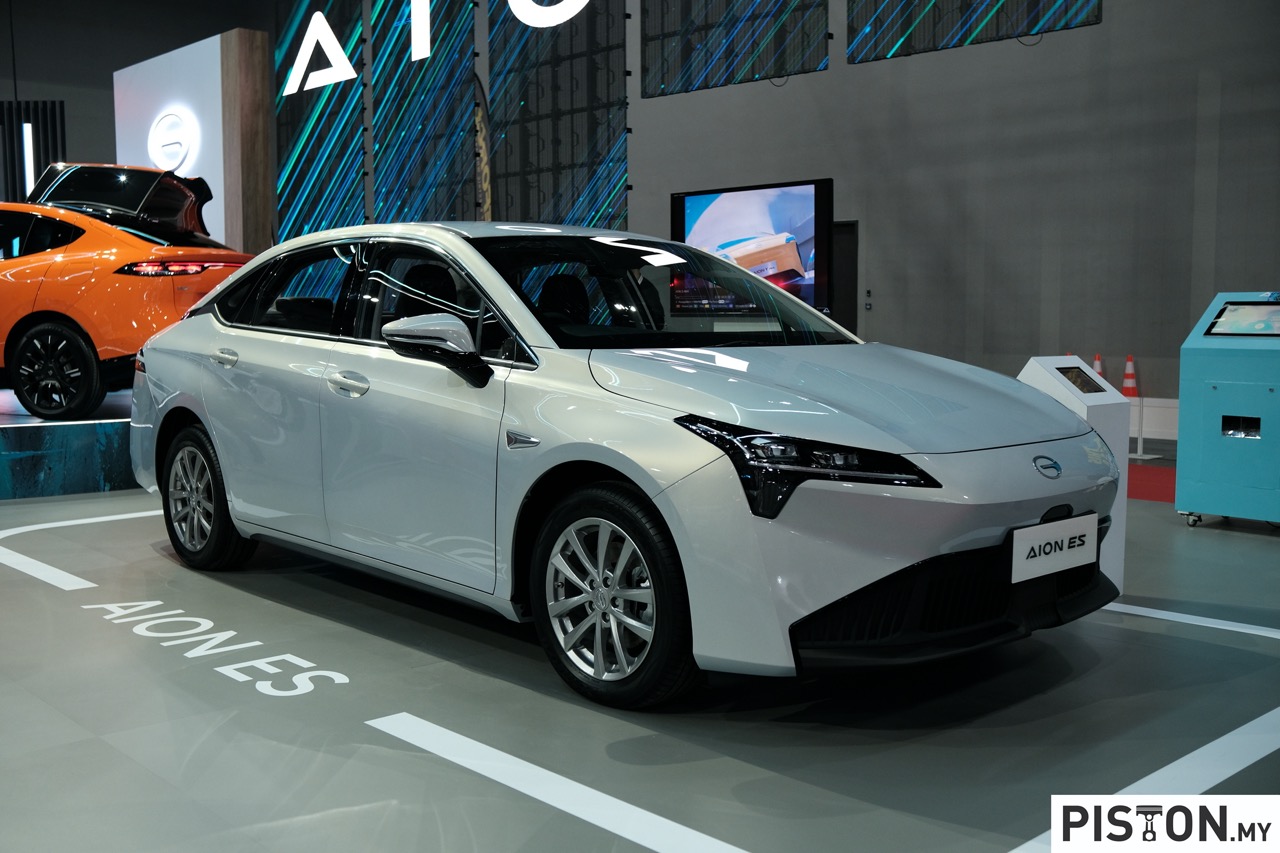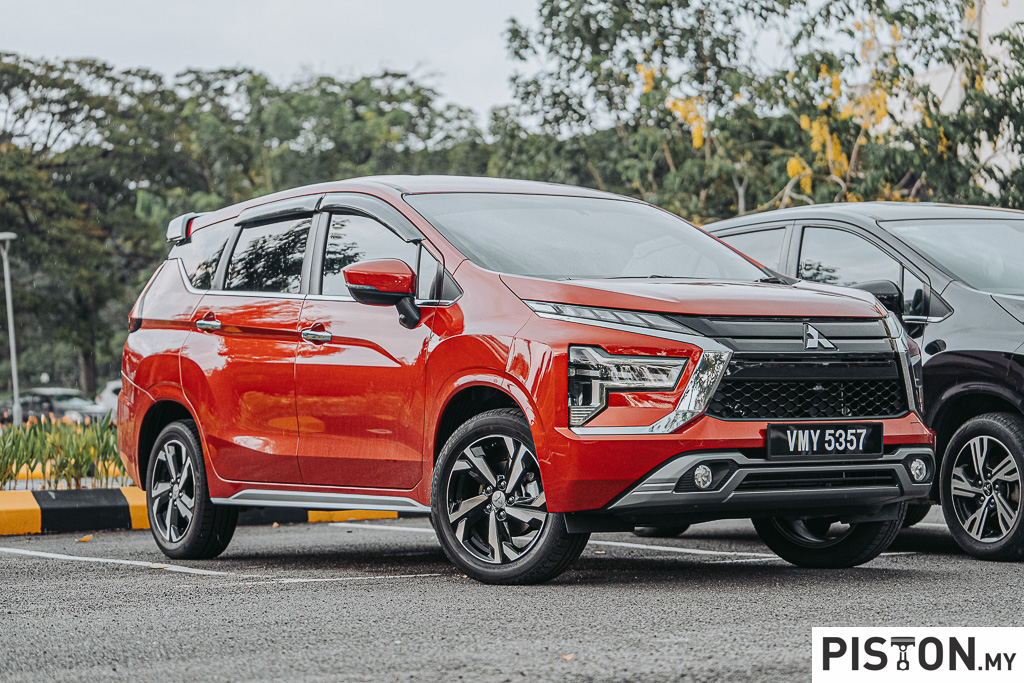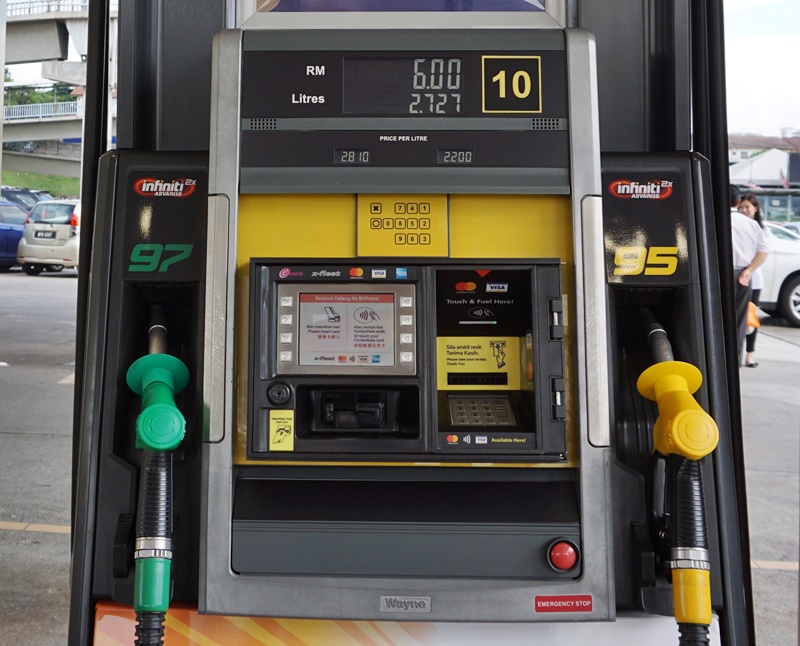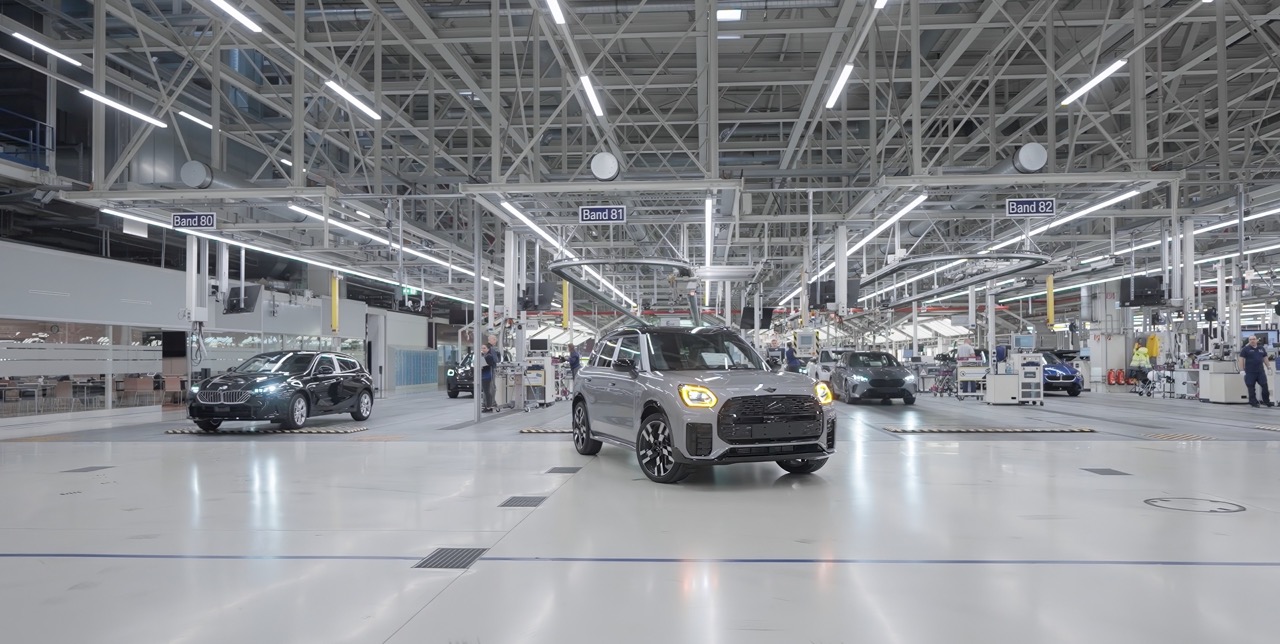
Even before the increased activity in simulator racing this year, BMW Motorsport has been an active participant in the world of virtual racing. Its presence at such online events help to actively promote the industry with innovations in the hardware that forms part of its holistic involvement.
Recently, BMW Motorsport SIM Racing took the transfer of technology between real and virtual racing to a totally new level with three world premieres at its digital BMW SIM event. The BMW M4 GT3, which is set to become the new flagship in the BMW M Customer Racing range of racing cars from 2022, made its debut on the iRacing sim racing platform as a prototype ahead of its first real race outing.
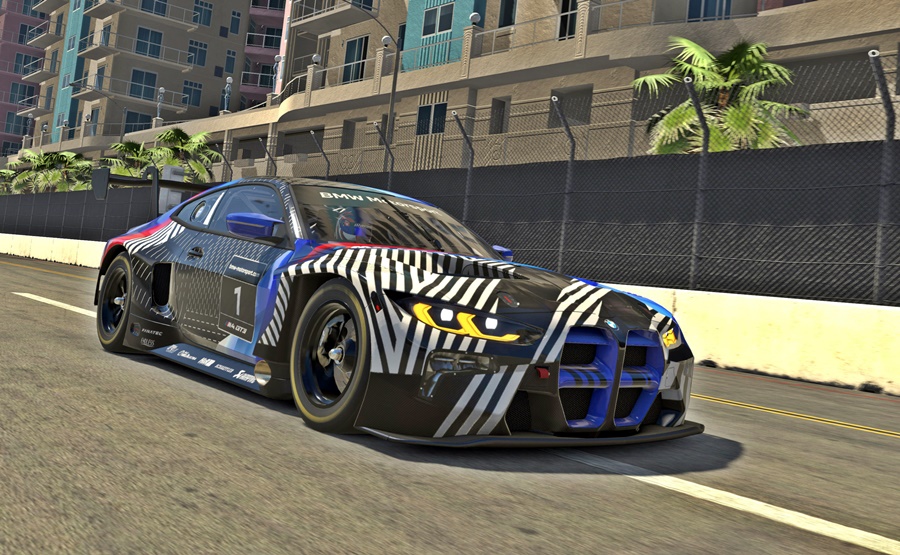
The steering wheel in the BMW M4 GT3 has been developed in cooperation with Fanatec and is the first of its kind to work in both a racing car and a race simulator.
The third global innovation is the concept study of the Fusion SL sim lounge furniture. In just a few simple steps, it can be converted from a designer table into a fully-fledged race simulator.
“With BMW Motorsport SIM Racing, we are following a 360-degree approach. This means that we have our eye on the big picture,” said Rudolf Dittrich, Head of BMW Motorsport SIM Racing. “We have achieved an awful lot in the first year of our involvement. At the same time, we have also identified great potential and, based on that, have decided to continue to focus strongly on hardware developments in 2021, with which we can promote technical innovations and develop new product categories and markets.”
The BMW M4 GT3 steering wheel
BMW Motorsport has collaborated with sim racing hardware producer, Fanatec, to develop a steering wheel for the M4 GT3 that can be used in both a real racing car and a race simulator> It’s technology transfer which has never been seen before in motor racing. Absolutely no modifications are required for it to be used in the racing car.
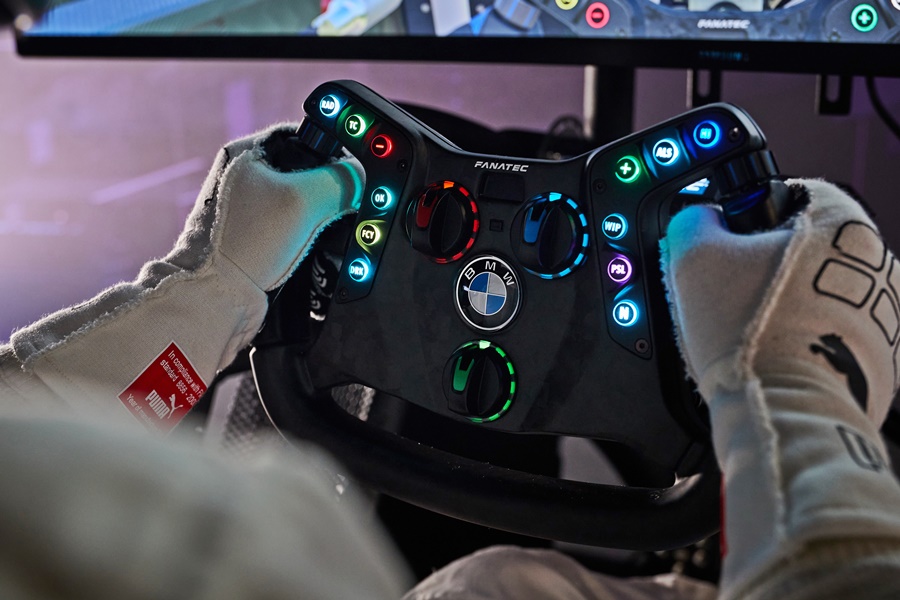
The carbonfibre steering wheel has a typical motorsport design, with illuminated buttons and magnetic, dual-action shift paddles also made of carbonfibre. The fact that the hybrid steering wheel perfectly fulfils both roles was demonstrated emphatically by BMW works driver Philipp Eng at BMW SIM Live. He entered the stage in the real M4 GT3, emerged holding the steering wheel, inserted it into the simulator, and promptly completed a number of laps in the car’s virtual counterpart.
Extensive tests allow the BMW Motorsport engineers to constantly monitor the durability of the steering wheel in real racing situations. It will be available from Fanatec in the first half of 2021.
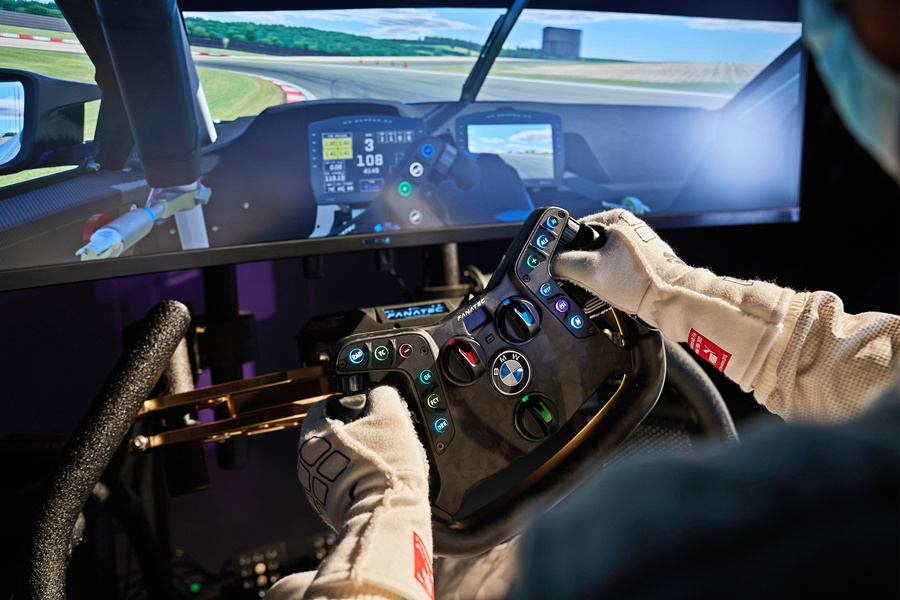
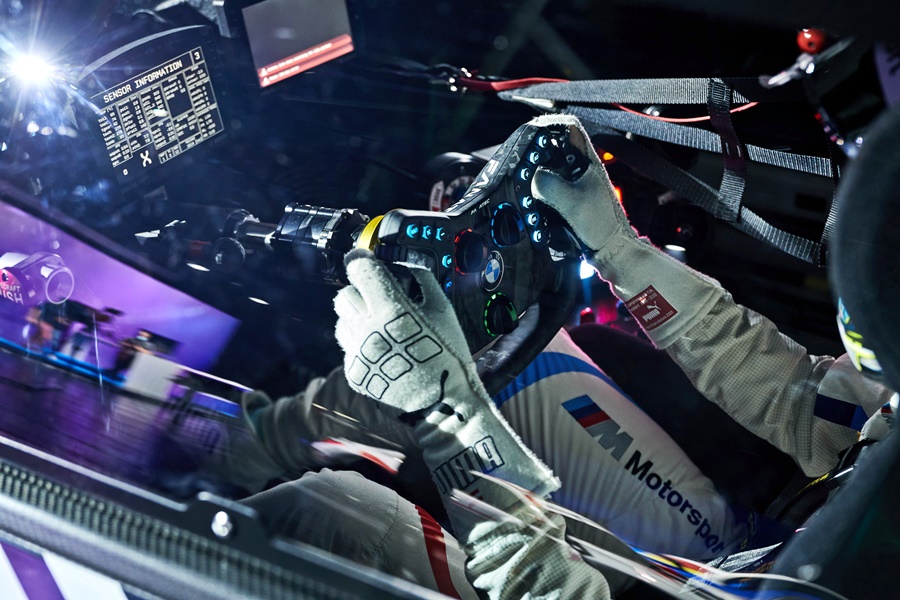
“The first time I heard of the idea to design the BMW M4 GT3 steering wheel to be compatible with a simulator, I was flabbergasted – because I was thrilled by the concept from the word go,” said Eng. “You have to take your hat off to the pioneering role that BMW Motorsport and Fanatec have taken on here, and to the courage to implement a project of this kind.”
“Compared to the steering wheel in the BMW M6 GT3, for example, the new wheel has extremely good ergonomics. It is very comfortable to hold. You can tell that real professionals have been at work in every area,” he added.
BMW M4 GT3 prototype on iRacing
As with the M8 GTE and M4 GT4 before it, BMW Motorsport has worked very closely with popular sim racing platform iRacing over the past few months in order to integrate the BMW M4 GT3 as faithfully as possible in the simulation.
The difference this time is that the car is being used as a test car on iRacing even as it is being developed. As such, the sim racers can follow the development together with BMW Motorsport, and can help drive the development forward until the final version is available on iRacing and to real motor racing customers later in 2021.
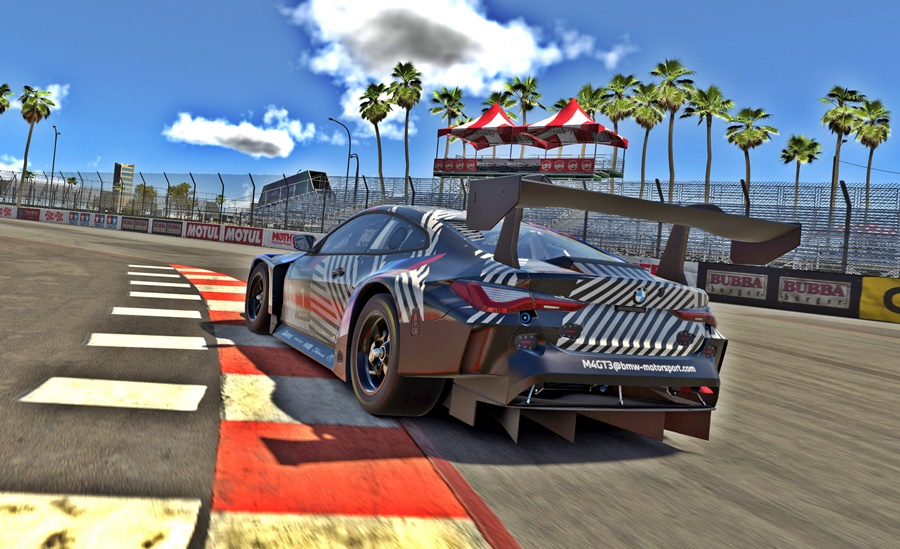
At the same time as the real car is being developed, BMW Motorsport engineers have provided their colleagues at iRacing with CAD data and photos as a reference, which they can then use as a basis when programming and designing the virtual M4 GT3. In an additional data package, iRacing received all the information on the driving dynamics of the racing car. In total, over 70 GB of data has already been exchanged. The common goal: to recreate the actual driving dynamics as realistically as possible.
Philipp Eng was impressed by how successfully this had been achieved when he took the virtual M4 GT3 for a spin for the first time on the simulator at BMW SIM Live. “I find it extremely cool that the BMW M4 GT3 has been introduced on iRacing parallel to its actual development. After all, I am not only a thoroughbred racing driver, but also a thoroughbred sim racer,” said Eng, who, as an alpha tester for iRacing, plays a role in ensuring that the handling of the car is as close as possible to reality.
Fusion SL concept furniture
Sim racing is growing in popularity all over the world. As such, the number of users building comprehensively-equipped rigs at home is also growing. At BMW Motorsport, this raised the question of how to integrate these rigs in everyday life. Together with BMW Designworks and furniture manufacturer Sedus, they have come up with a solution. The concept study is called “Fusion SL” – a unique combination of sim racing rig and lounge furniture.
The idea was to develop a piece of furniture that would save space and could be aesthetically integrated into a modern living environment. It can be converted into a rig in just a few simple steps, but which is otherwise folded down to serve as a desk, coffee table or seat, thus making ‘boost’ and ‘ease’ concepts that can be experienced not only in the car, but also in the living room.
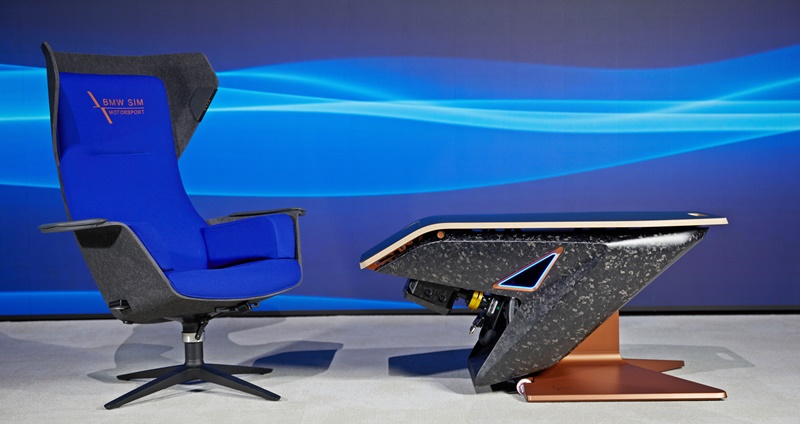
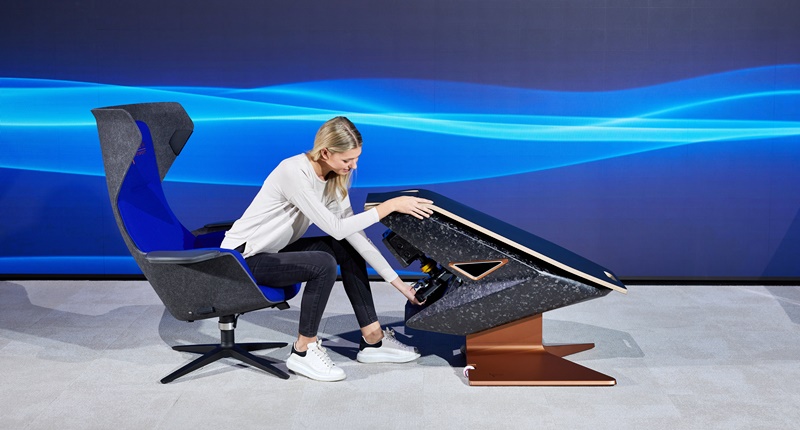
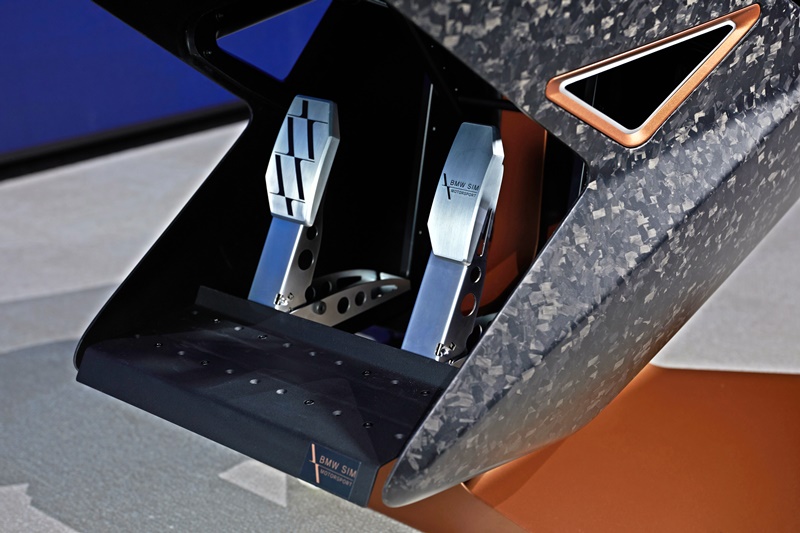
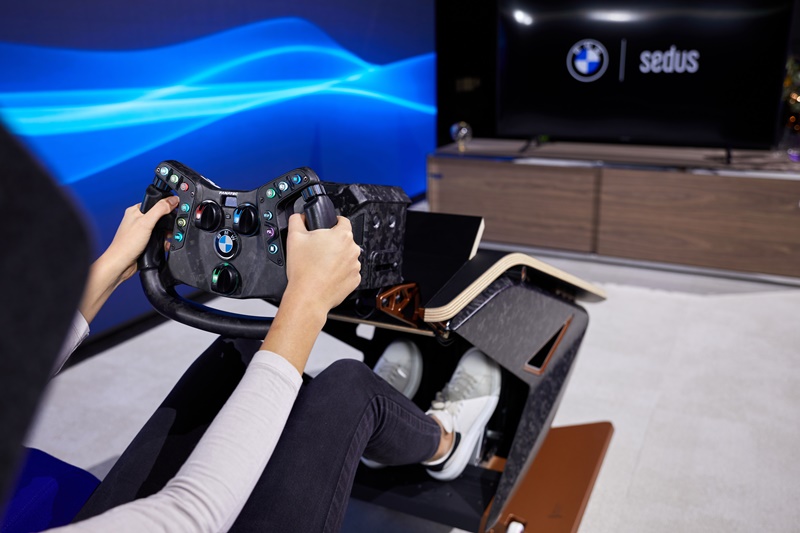

To implement the project, the engineering quality of BMW Motorsport, design expertise of Michael Scully and his BMW Designworks team, and the production performance of Sedus came together. “The Fusion SL concept combines the best of two worlds,” said Scully. “It is not necessarily intended to replace the high-end sim rigs used by professionals. Our goal was rather to make sim racing and the hardware required attractive for new target groups – and, to be honest, their fellow occupants.”
“It is not easy to strike the right balance between the necessary stability, portability, flat profile, torsional rigidity and a visual impression that will bring the piece of furniture out of the cellar and into the living room, as many of these aspects contradict each other. However, design is all about overcoming these challenges,” explained Ernst Holzapfel, Head of Marketing at Sedus Stoll AG.
The Fusion SL concept can be the perfect home office for sim racers. The Wooom chair is its perfect partner. One minute you can be relaxing comfortably in it, the next it offers you everything you would expect from a good racing seat, with its sporty seating position and good lateral support, thanks to the padding provided.
AMR-C01 – the ultimate racing simulator from Aston Martin


